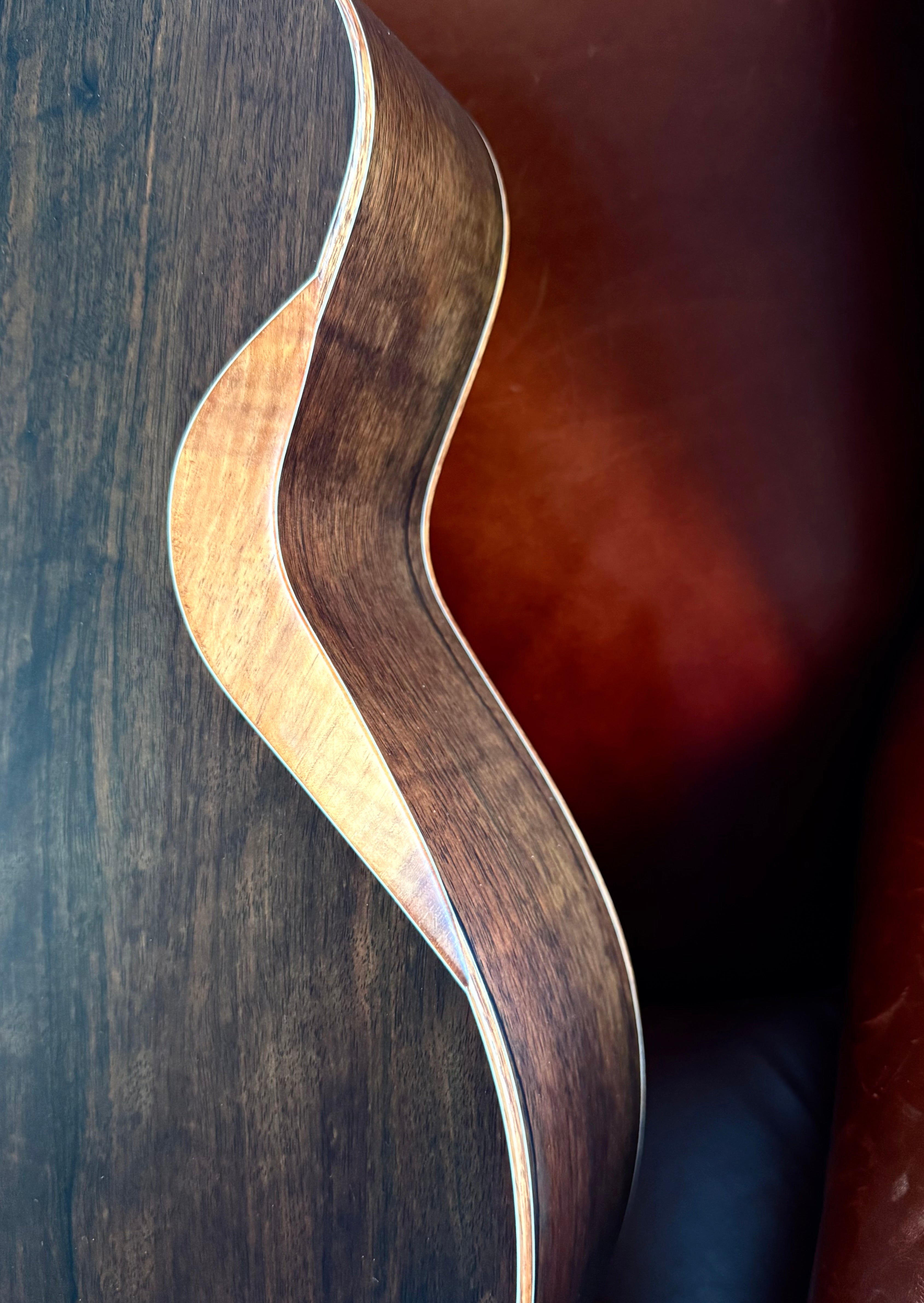
Malaysian Blackwood Explained
Malaysian Blackwood (also known as Diospyros ebonasea or Diospyros mun), has gained popularity for its striking aesthetics and unique tonal characteristics.
Signature Tone of Malaysian Blackwood:
- Rich and Complex Overtones: It offers a lush overtone content that gives notes a blooming, piano-like character — often described as having a bell-like clarity with added harmonic richness.
- Deep, Focused Bass: Its low end is strong and articulate without being muddy, providing a solid foundation for fingerstyle or strumming.
- Clear, Sparkling Highs: High frequencies tend to have a shimmery quality, adding brilliance without harshness.
- Strong Midrange with Separation: The mid frequencies are balanced and well-defined, helping individual notes stand apart even in complex chords — ideal for players who want clarity and nuance.
- Sustain and Projection: Malaysian Blackwood tends to have excellent sustain and dynamic range, which pairs especially well with responsive soundboards like spruce or cedar.
Comparison to Other Woods:
- Tonally, it’s often said to sit somewhere between Cocobolo and African Blackwood, offering the density and richness of the former and some of the powerful projection of the latter.
- It can have a slightly darker, moodier tone than Indian Rosewood, making it great for expressive, emotive playing styles.
Summary
“Malaysian Blackwood offers a rich, dark, and harmonically complex voice with sparkling highs, resonant lows, and an expressive dynamic range. It’s ideal for players who love depth and detail in their sound.”




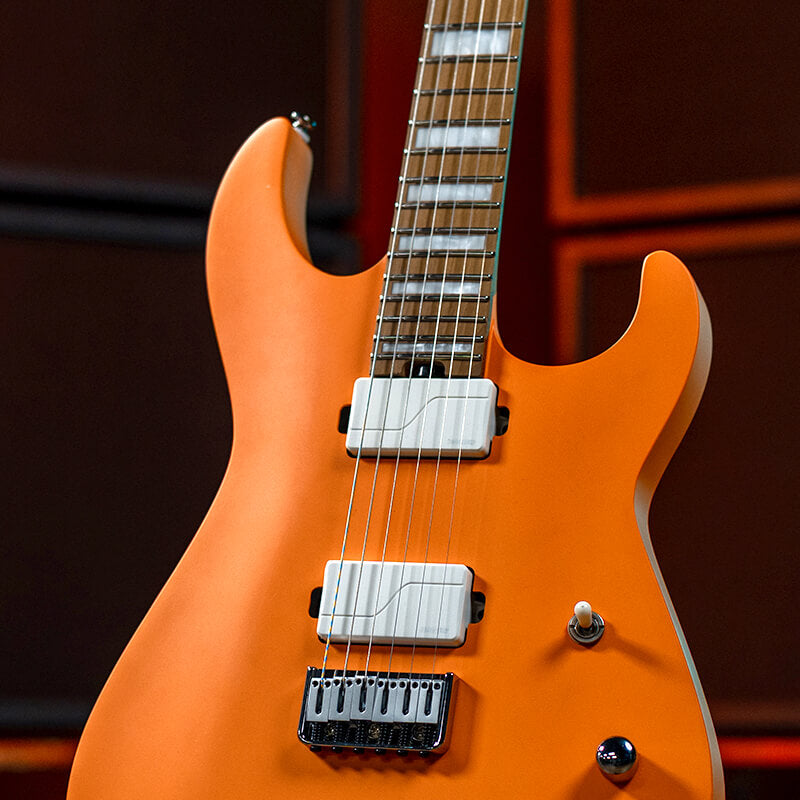
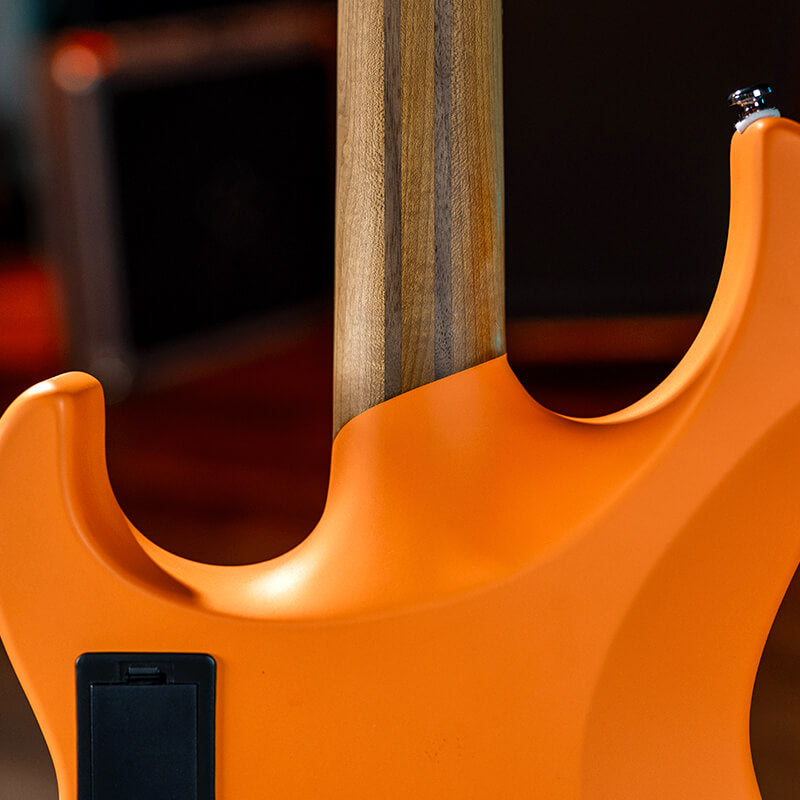
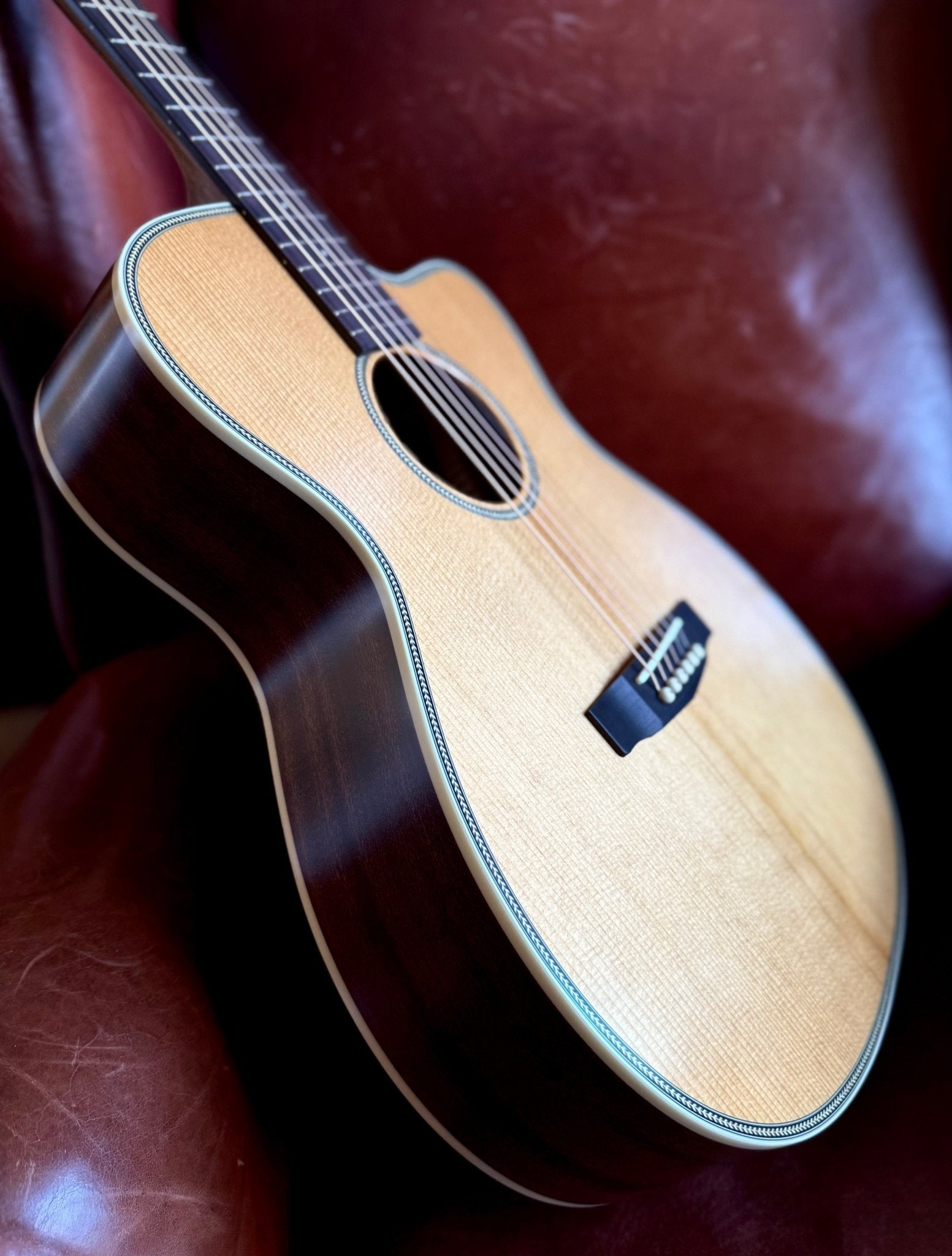
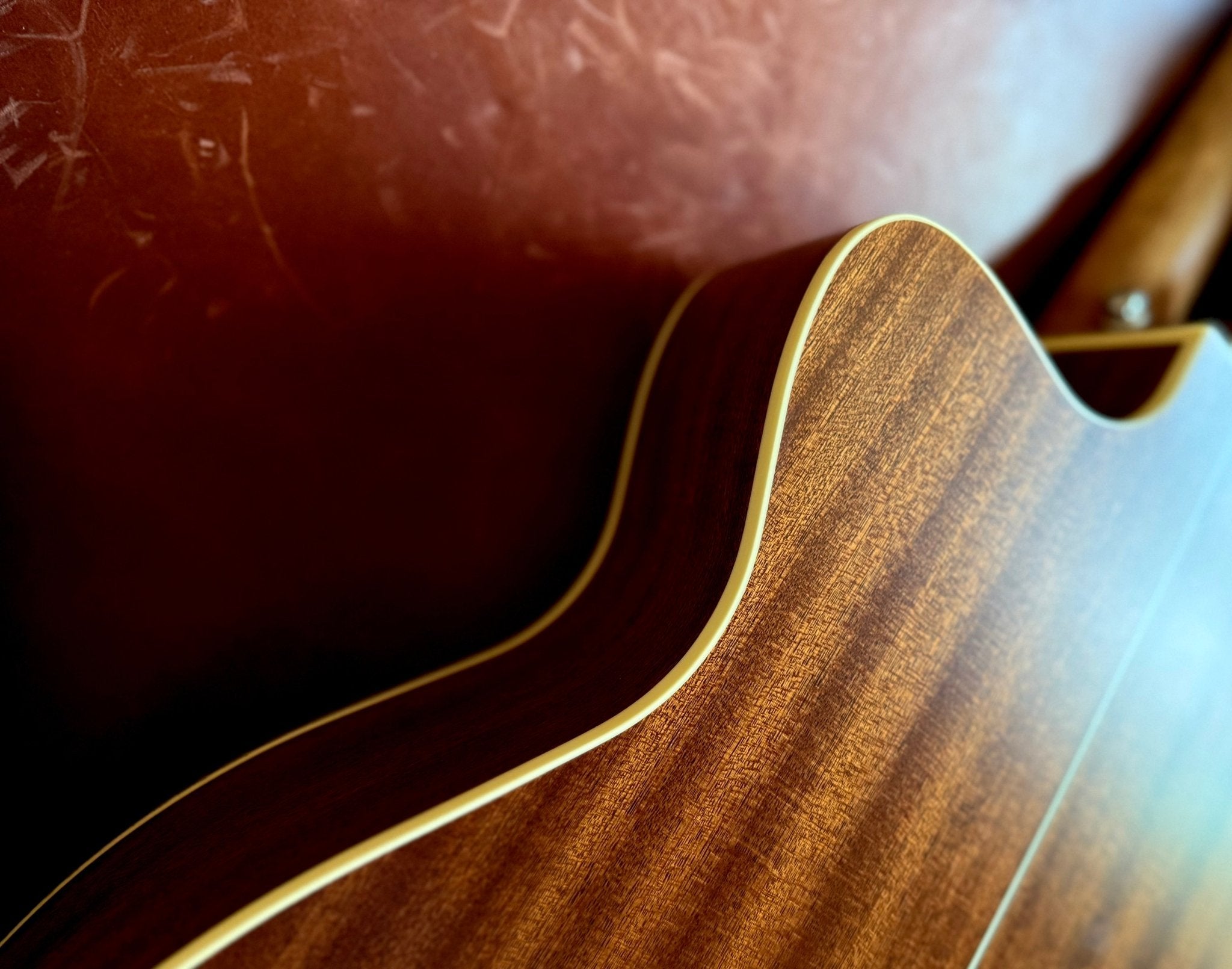
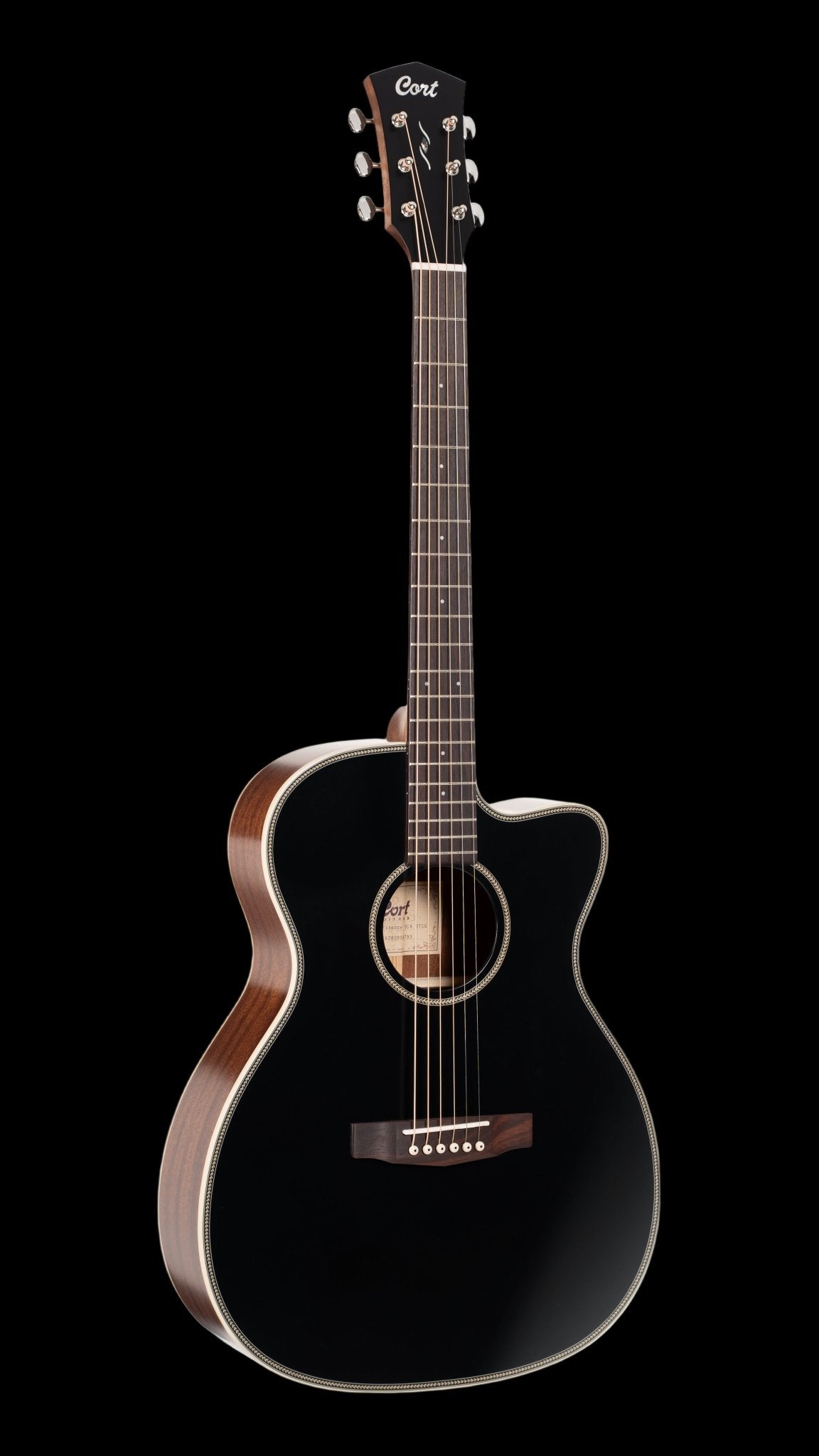
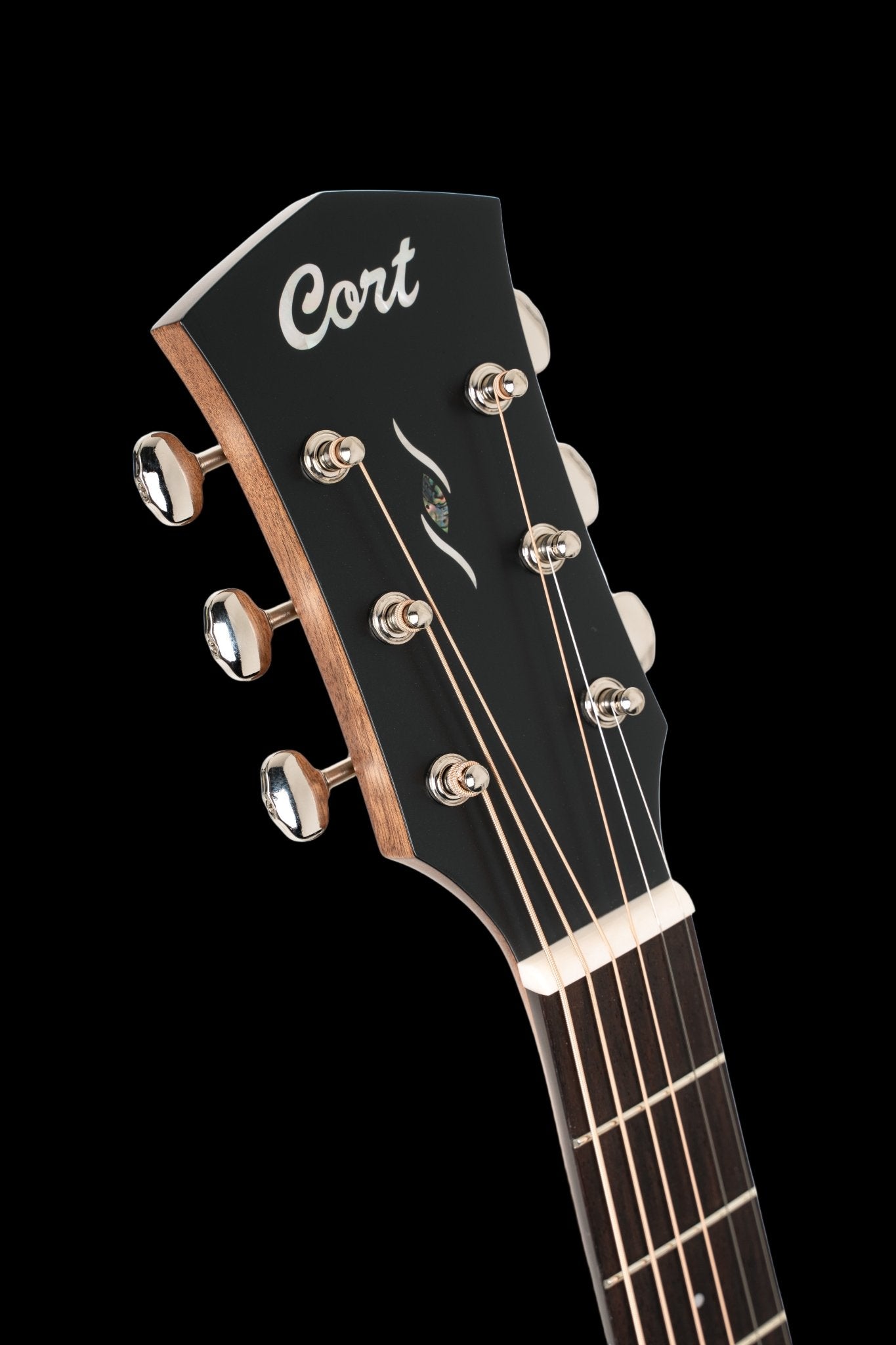

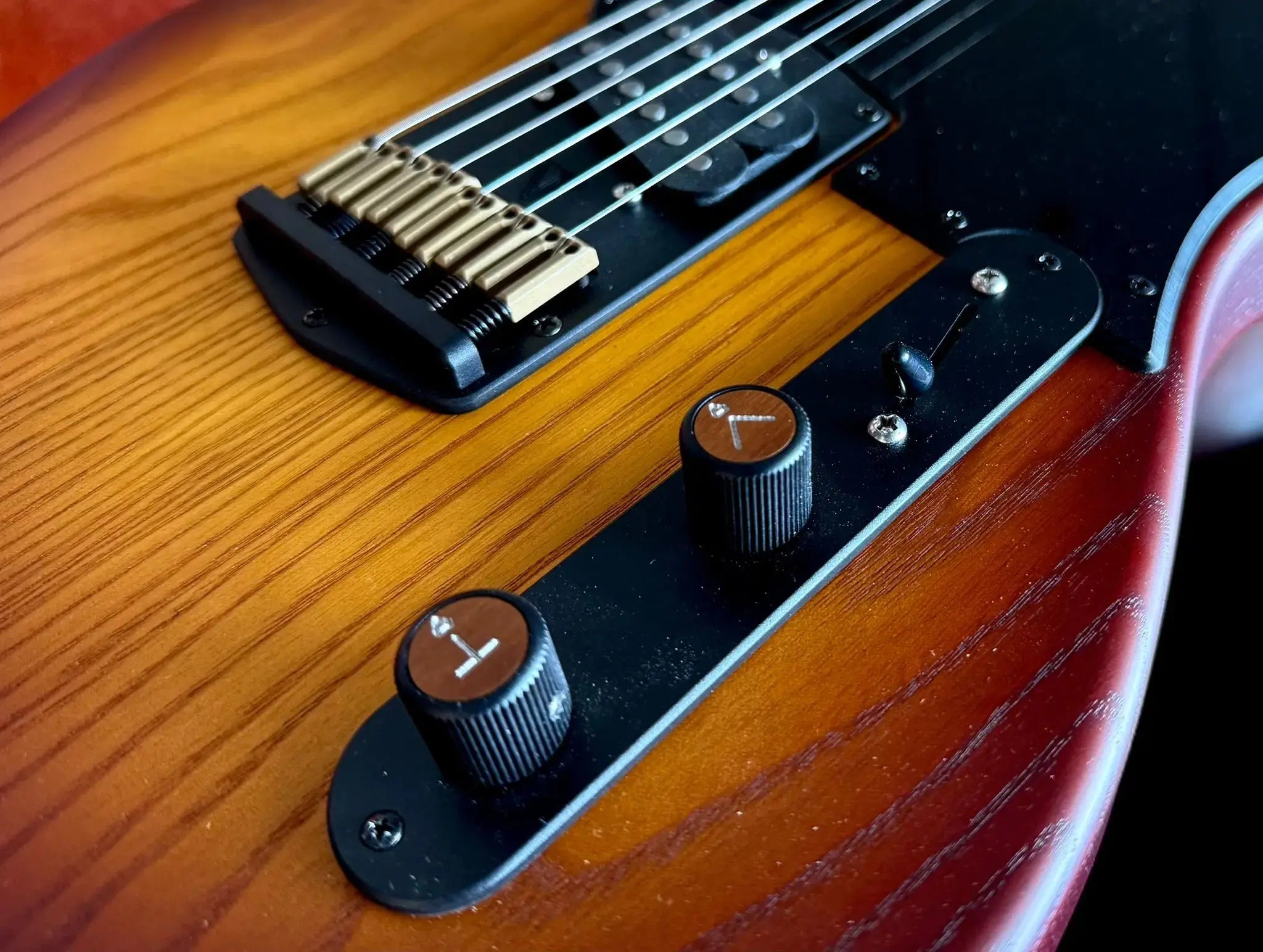


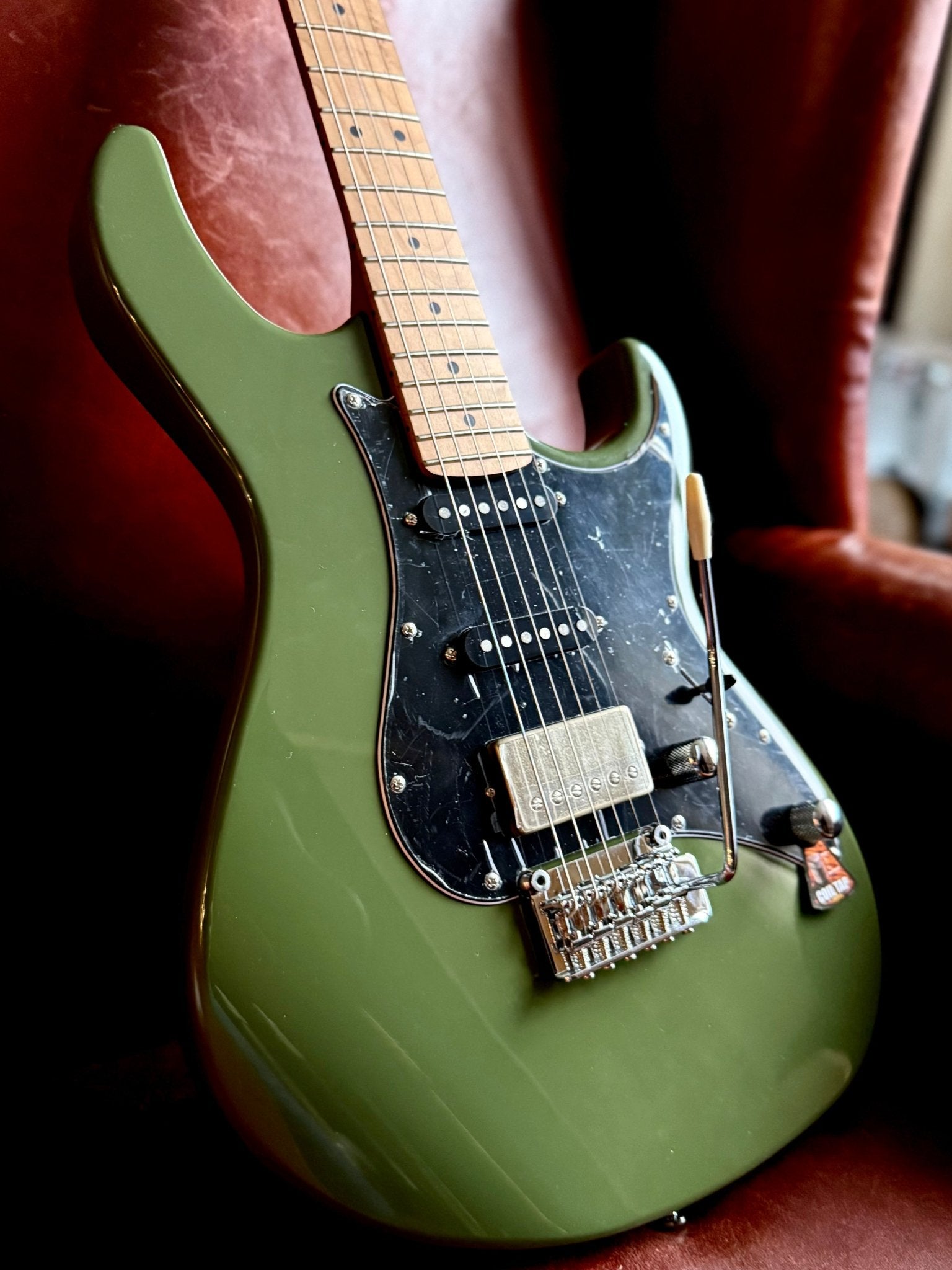
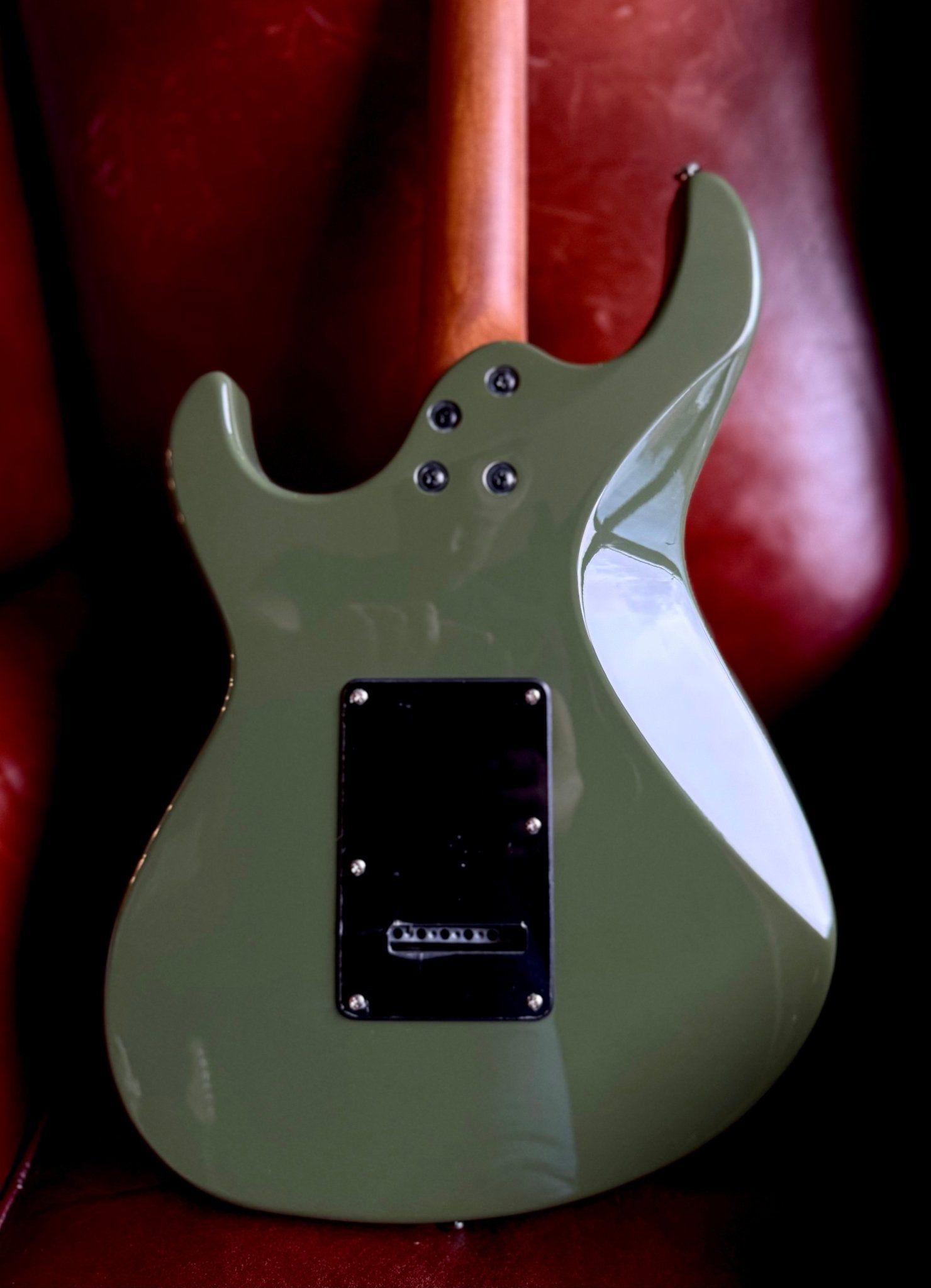
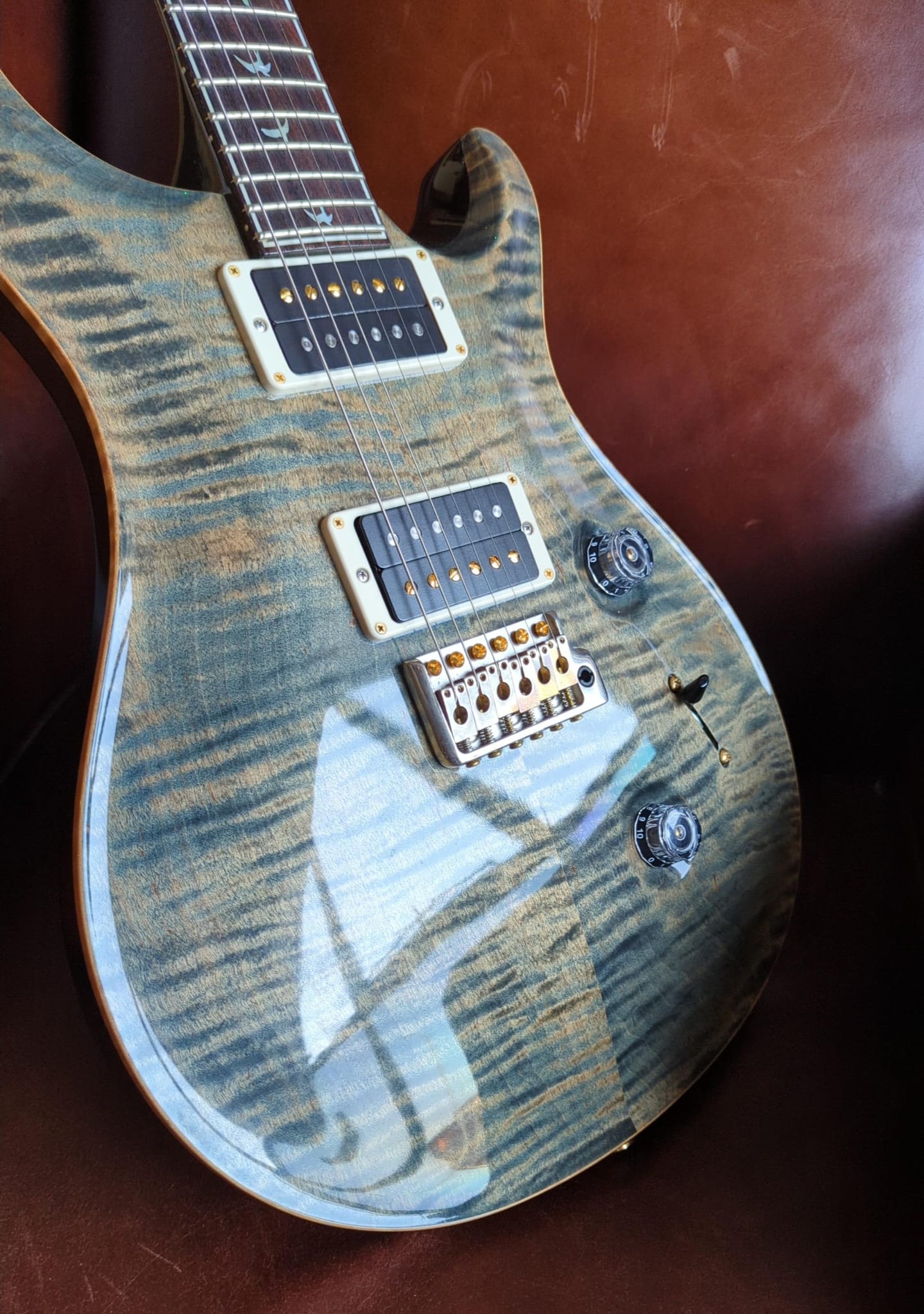

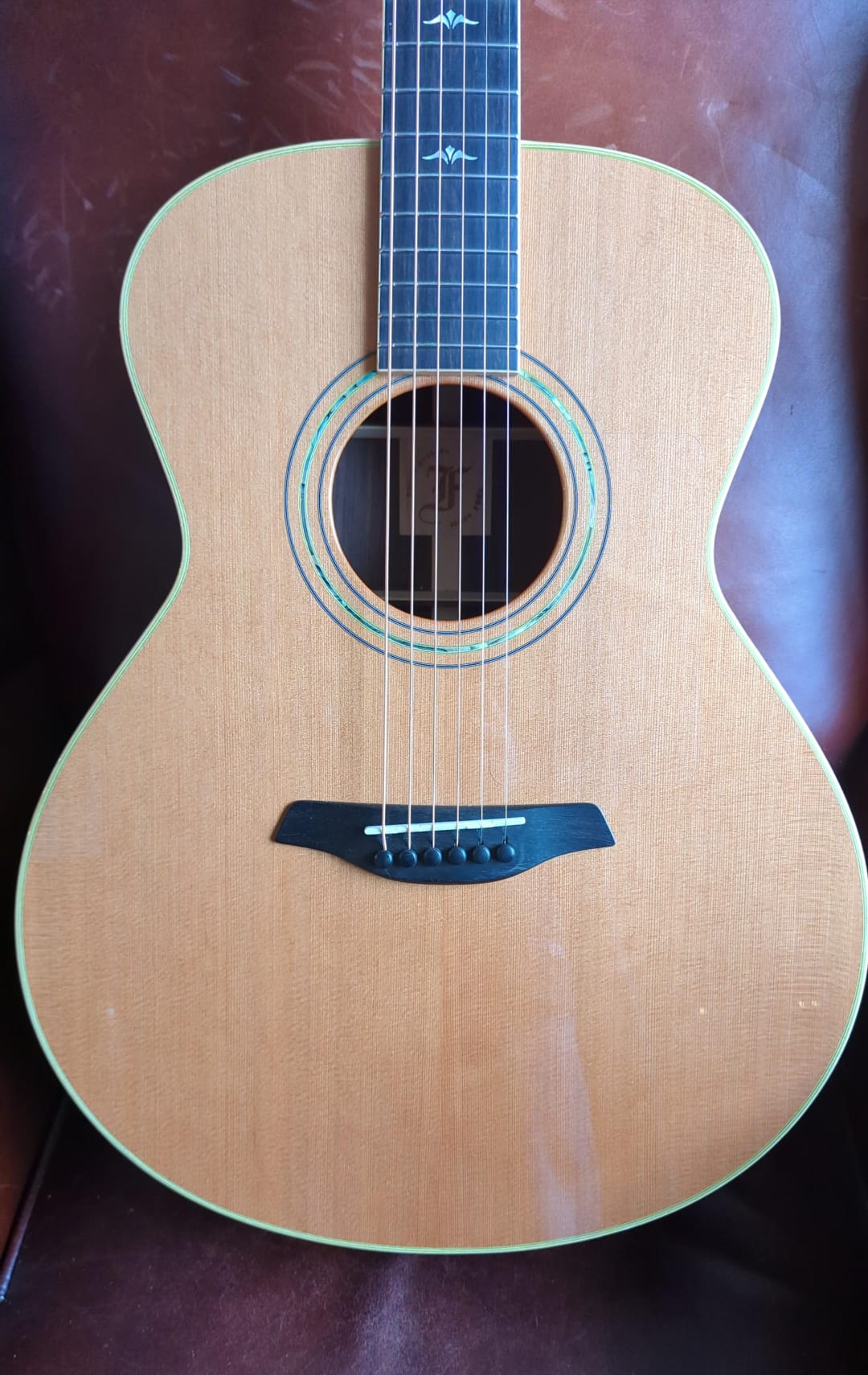
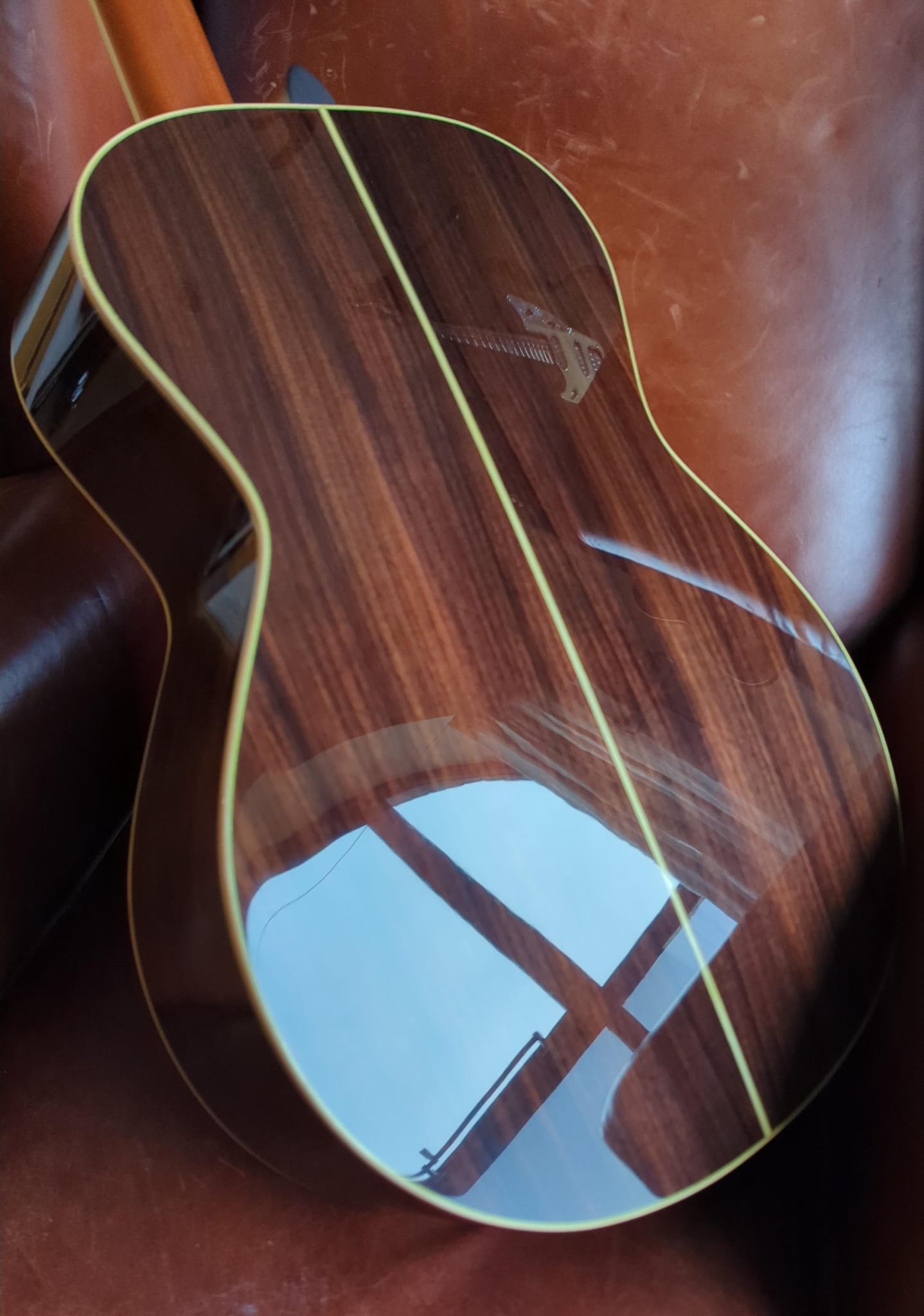
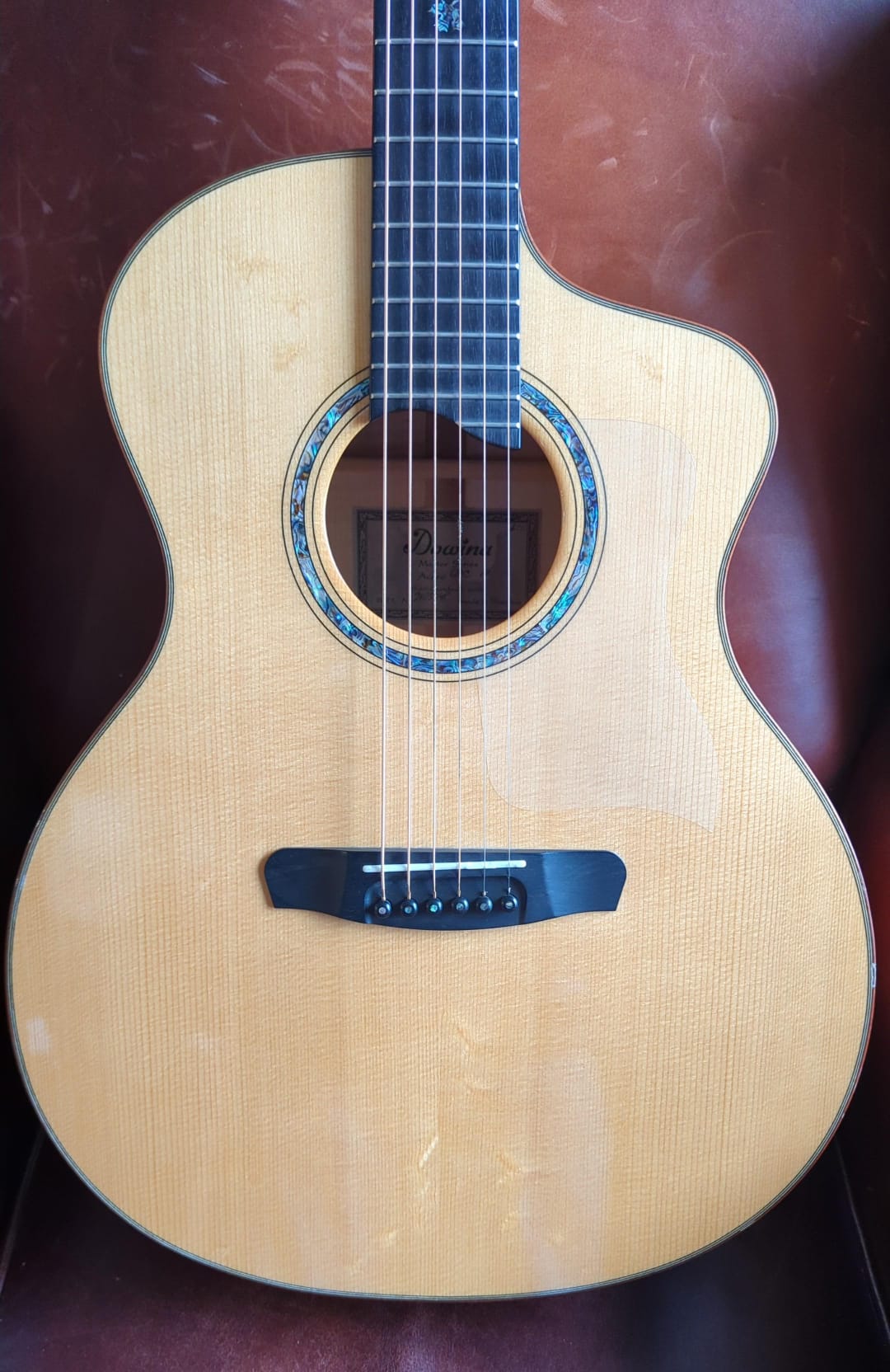
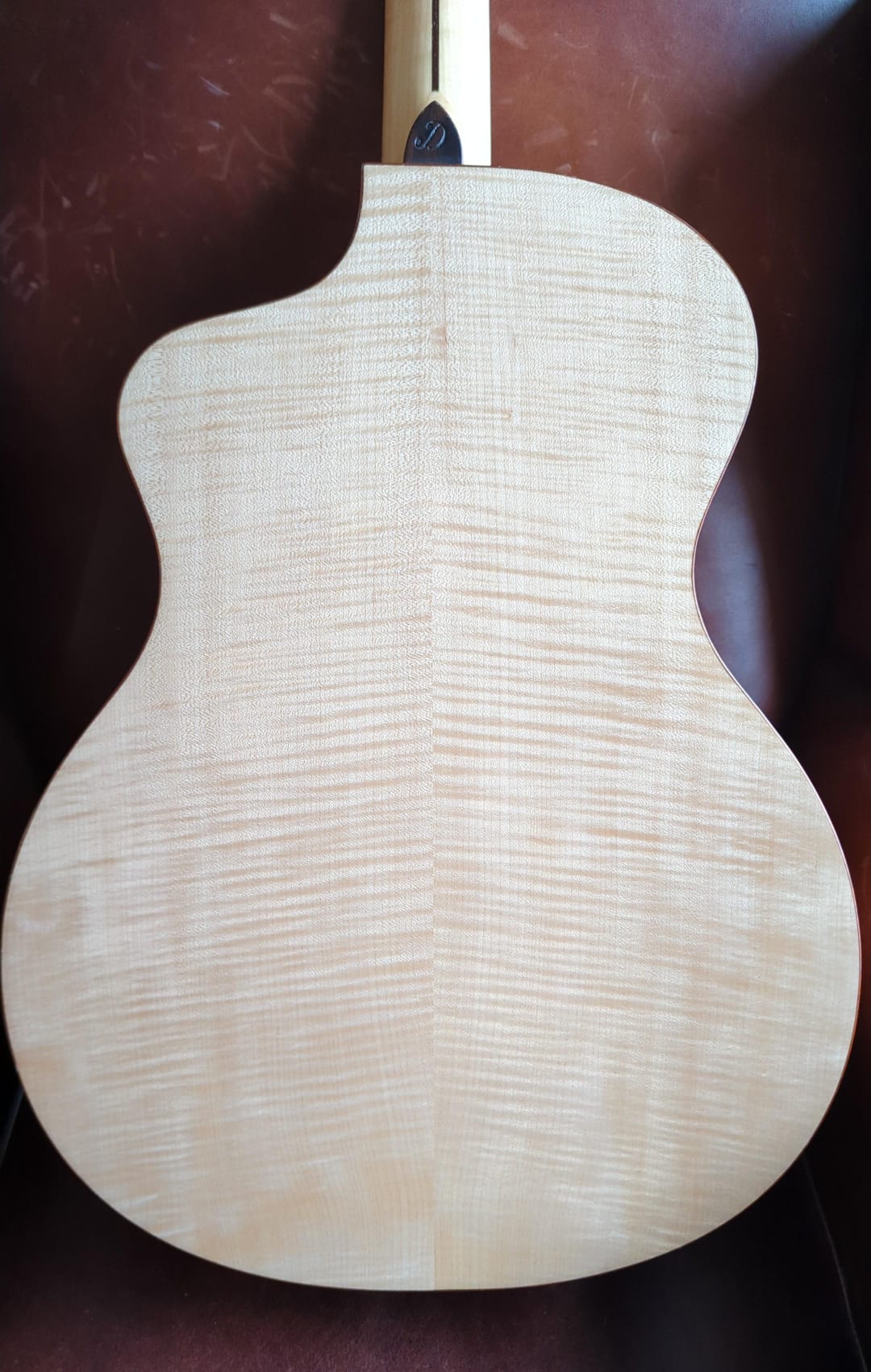
![Gordon Smith GS2 Deluxe Export 2019 [used] A1 Condition - Richards Guitars Of Stratford Upon Avon](http://rguitars.co.uk/cdn/shop/files/gordon-smith-gs2-deluxe-export-2019-used-a1-condition-4323398.jpg?v=1766153718&width=1072)
![Gordon Smith GS2 Deluxe Export 2019 [used] A1 Condition - Richards Guitars Of Stratford Upon Avon](http://rguitars.co.uk/cdn/shop/files/gordon-smith-gs2-deluxe-export-2019-used-a1-condition-9502671.jpg?v=1766153718&width=899)
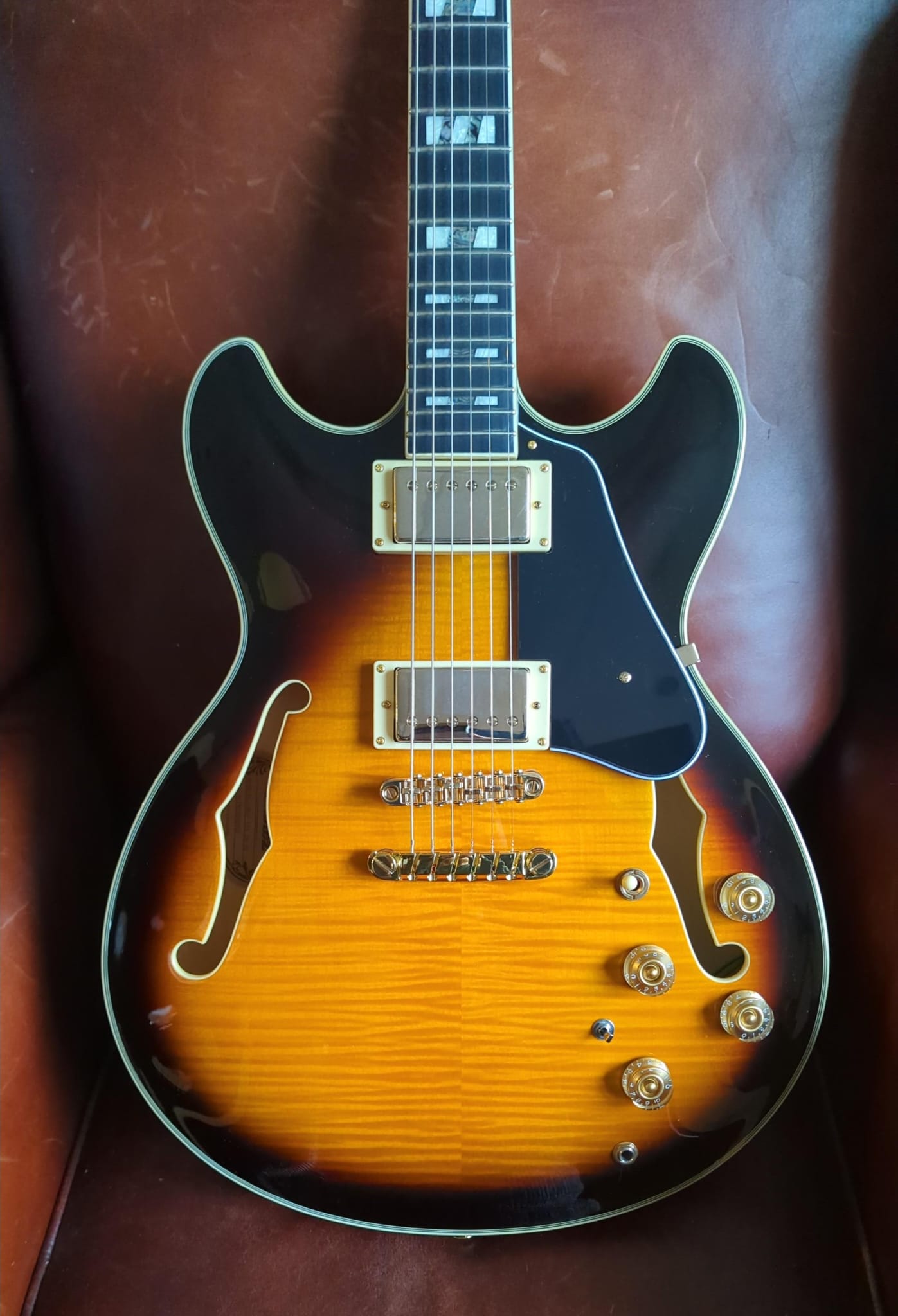
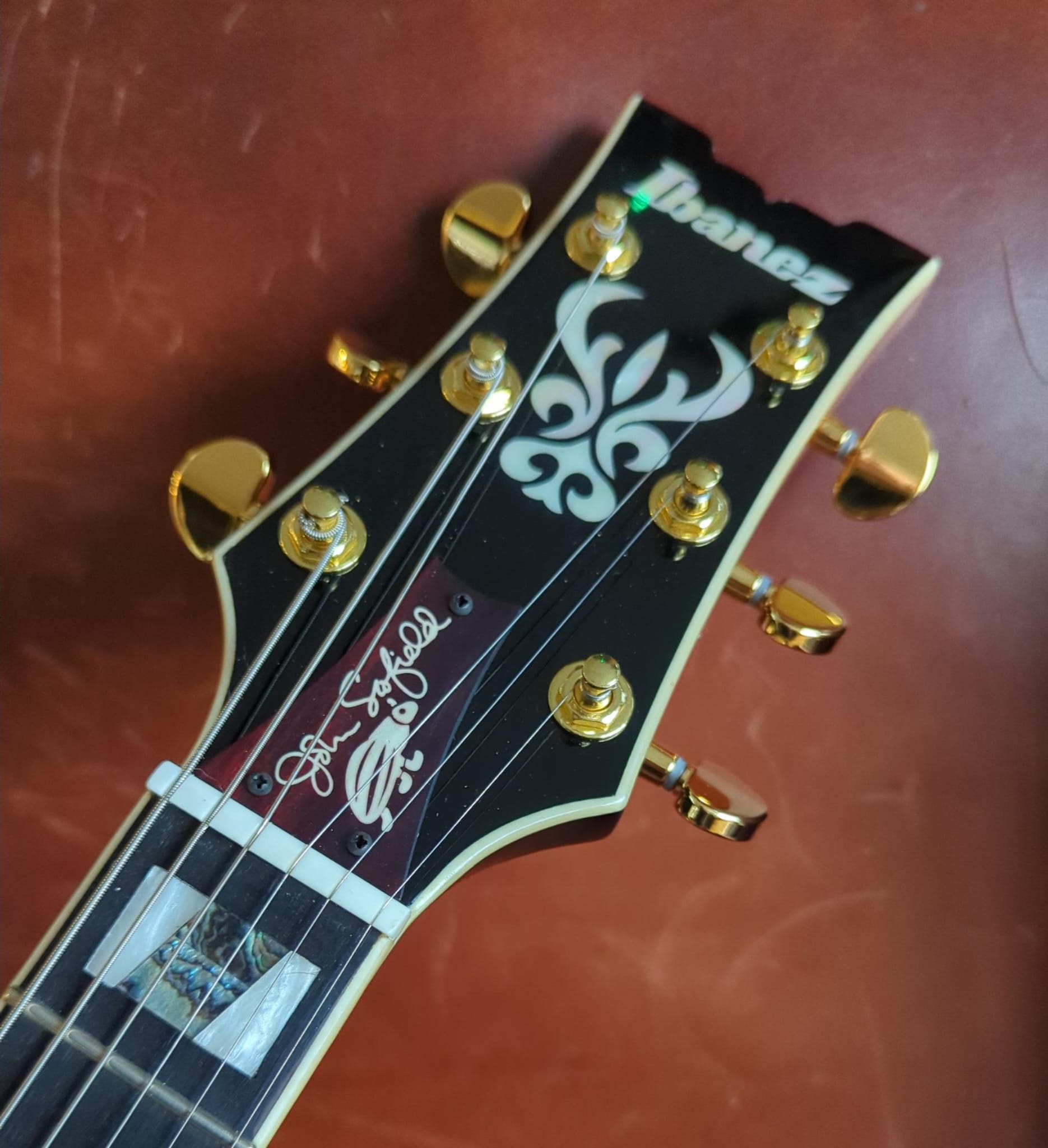
![G&L USA Made ASAT - late 80s/early 90s [Used] - Richards Guitars Of Stratford Upon Avon](http://rguitars.co.uk/cdn/shop/files/gl-usa-made-asat-late-80searly-90s-used-1091932.jpg?v=1761670676&width=1378)
![G&L USA Made ASAT - late 80s/early 90s [Used] - Richards Guitars Of Stratford Upon Avon](http://rguitars.co.uk/cdn/shop/files/gl-usa-made-asat-late-80searly-90s-used-7964817.jpg?v=1761670677&width=1828)
![Eastman AC630 - SB [Used] - Richards Guitars Of Stratford Upon Avon](http://rguitars.co.uk/cdn/shop/files/eastman-ac630-sb-used-5743157.jpg?v=1760421581&width=1080)
![Eastman AC630 - SB [Used] - Richards Guitars Of Stratford Upon Avon](http://rguitars.co.uk/cdn/shop/files/eastman-ac630-sb-used-2967411.jpg?v=1760421593&width=1569)
![Fender American Standard Telecaster 2012 - Natural [Used] guitar for sale uk](http://rguitars.co.uk/cdn/shop/files/fender-american-standard-telecaster-2012-natural-used-4379607.jpg?v=1760421498&width=1614)
![Fender American Standard Telecaster 2012 - Natural [Used] guitar for sale uk](http://rguitars.co.uk/cdn/shop/files/fender-american-standard-telecaster-2012-natural-used-1429240.jpg?v=1760421497&width=1512)
![Fender American Professional II Jazzmaster - Dark Night [Used] guitar for sale uk](http://rguitars.co.uk/cdn/shop/files/fender-american-professional-ii-jazzmaster-dark-night-used-6840250.jpg?v=1760421430&width=1602)
![Fender American Professional II Jazzmaster - Dark Night [Used] guitar for sale uk](http://rguitars.co.uk/cdn/shop/files/fender-american-professional-ii-jazzmaster-dark-night-used-4375294.jpg?v=1760421432&width=1476)
![Guild Brian May "Red Special" Limited Edition - early 90s - One of 1000 [Used] guitar for sale uk](http://rguitars.co.uk/cdn/shop/files/guild-brian-may-red-special-limited-edition-early-90s-one-of-1000-used-6139630.jpg?v=1760421357&width=1492)
![Guild Brian May "Red Special" Limited Edition - early 90s - One of 1000 [Used] guitar for sale uk](http://rguitars.co.uk/cdn/shop/files/guild-brian-may-red-special-limited-edition-early-90s-one-of-1000-used-9797150.jpg?v=1760421365&width=1644)
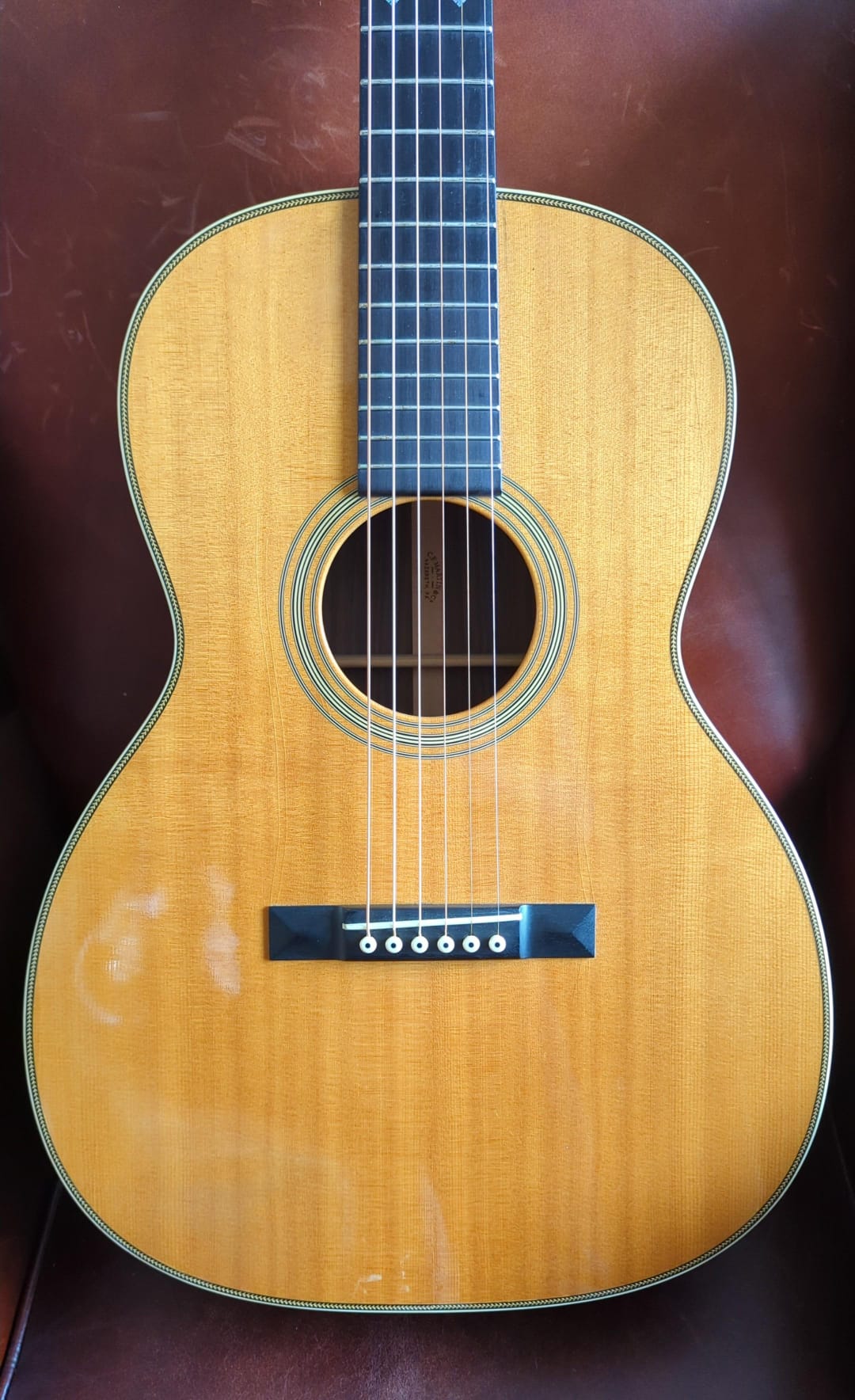
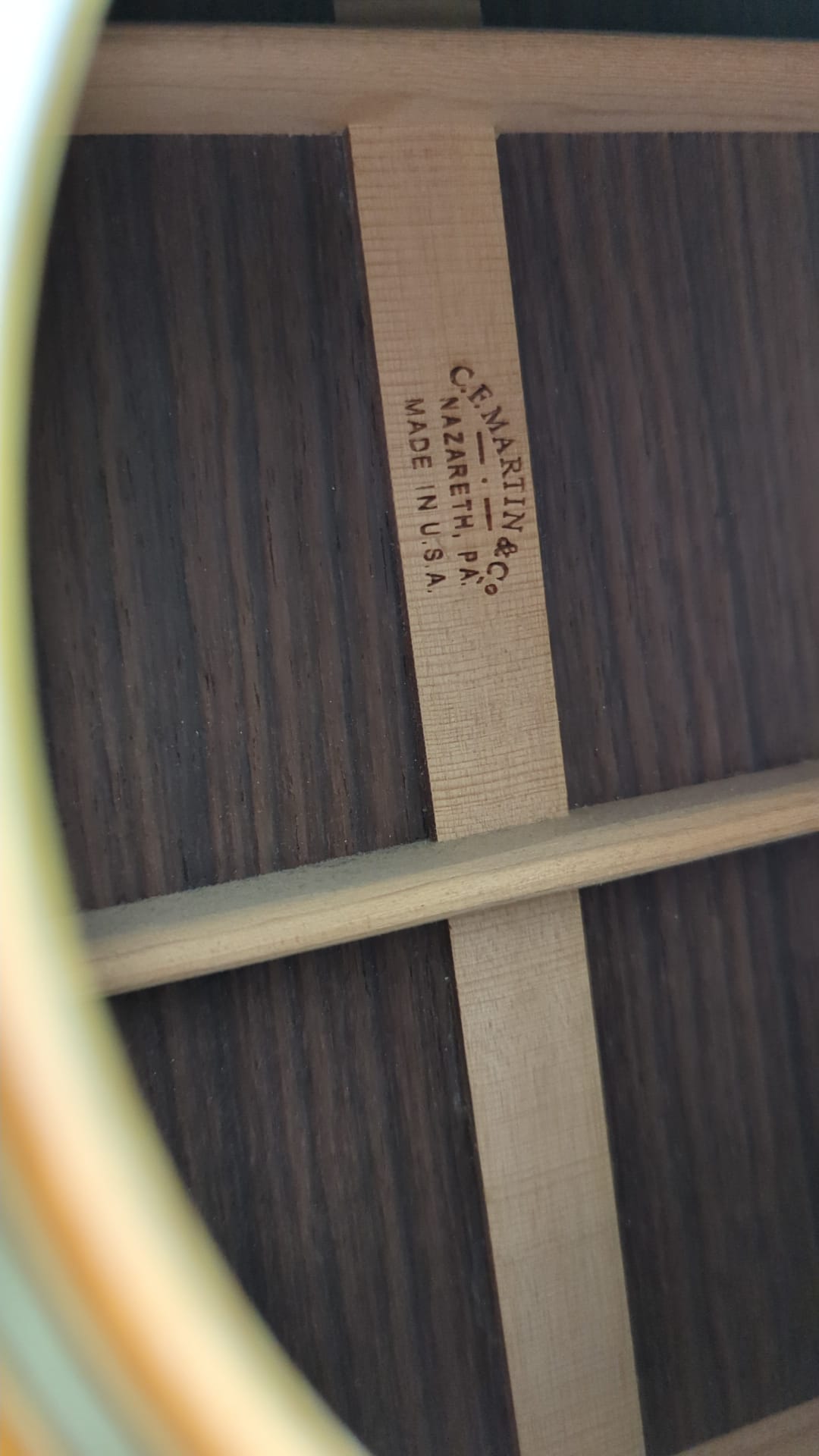
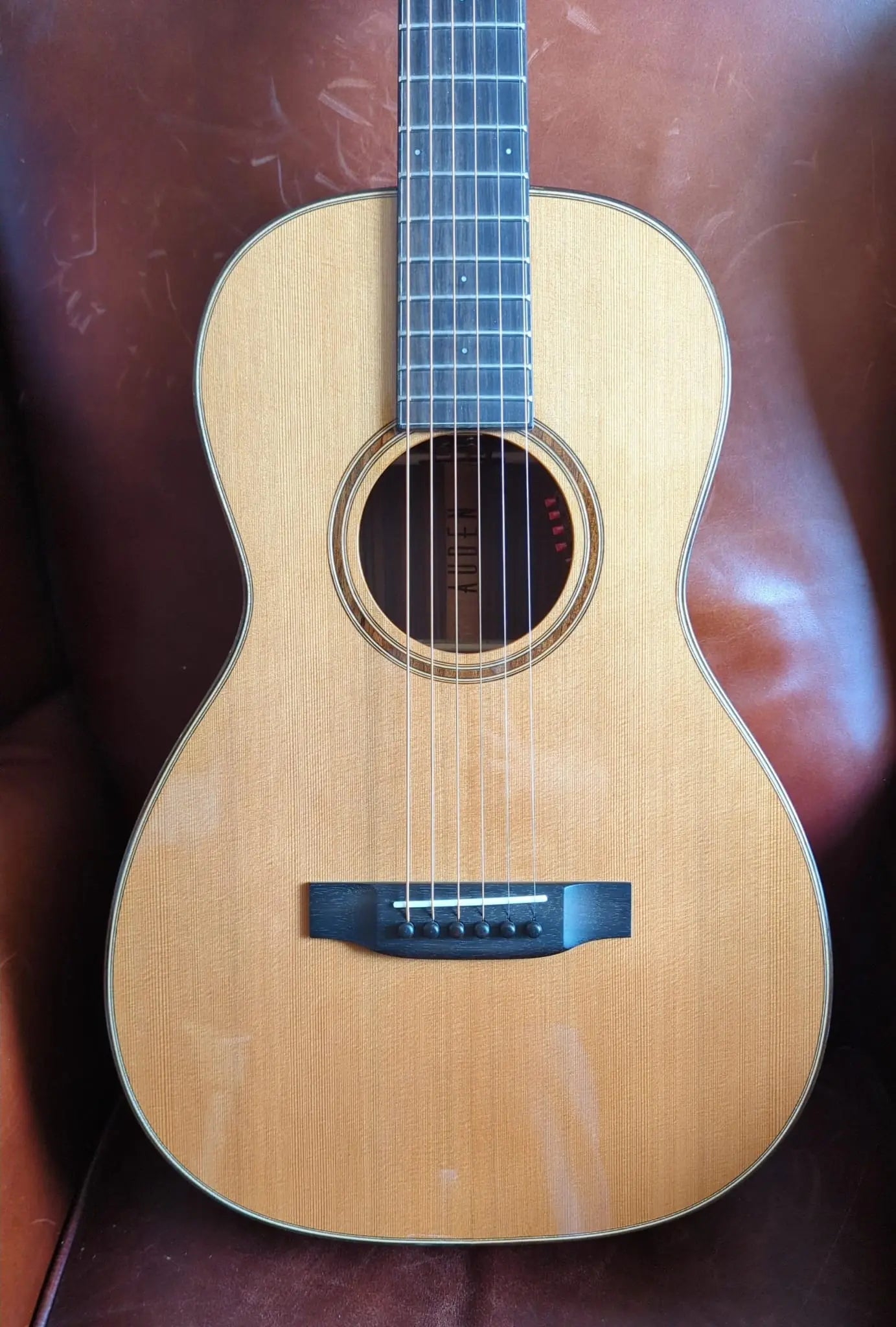
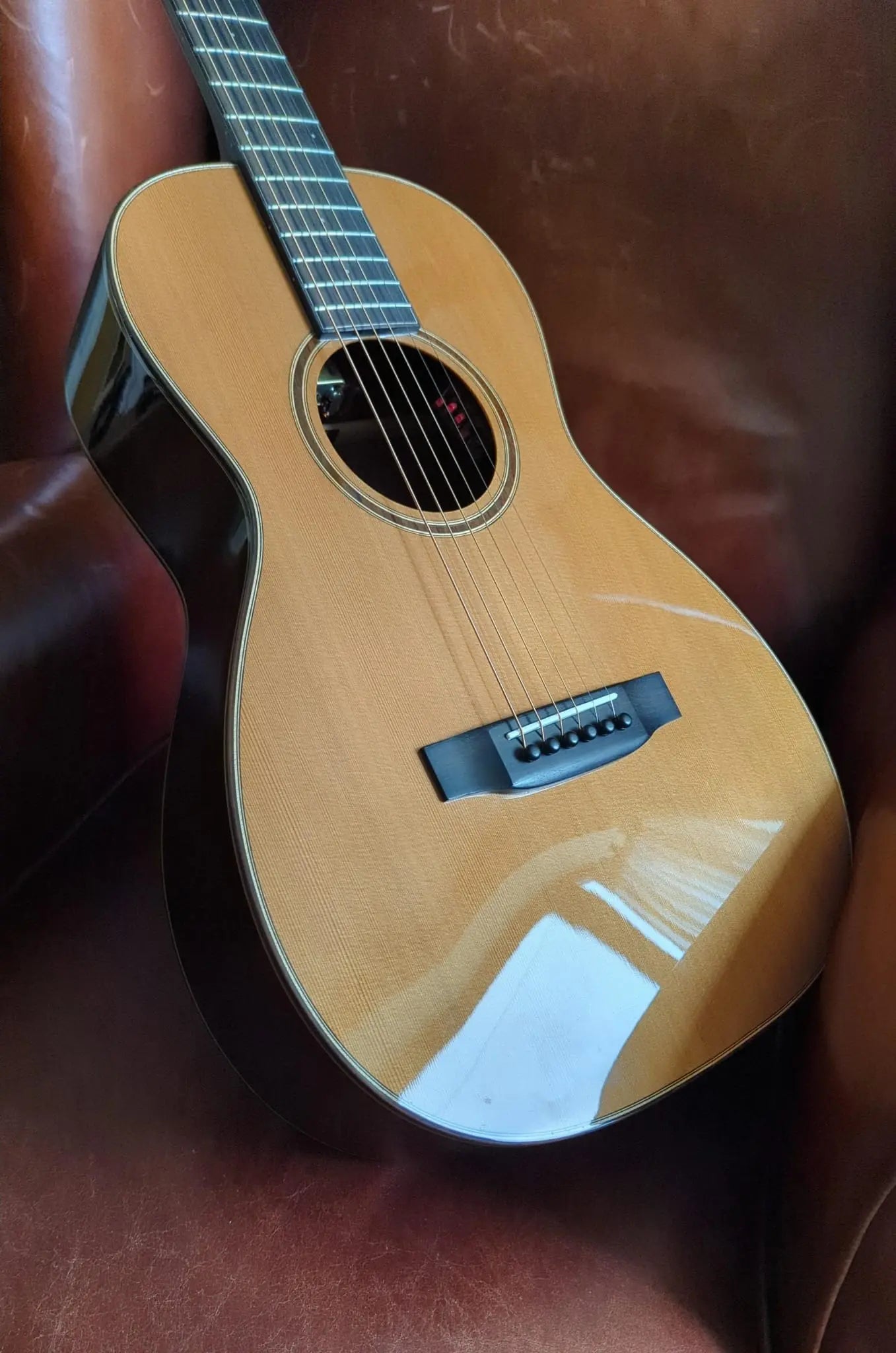
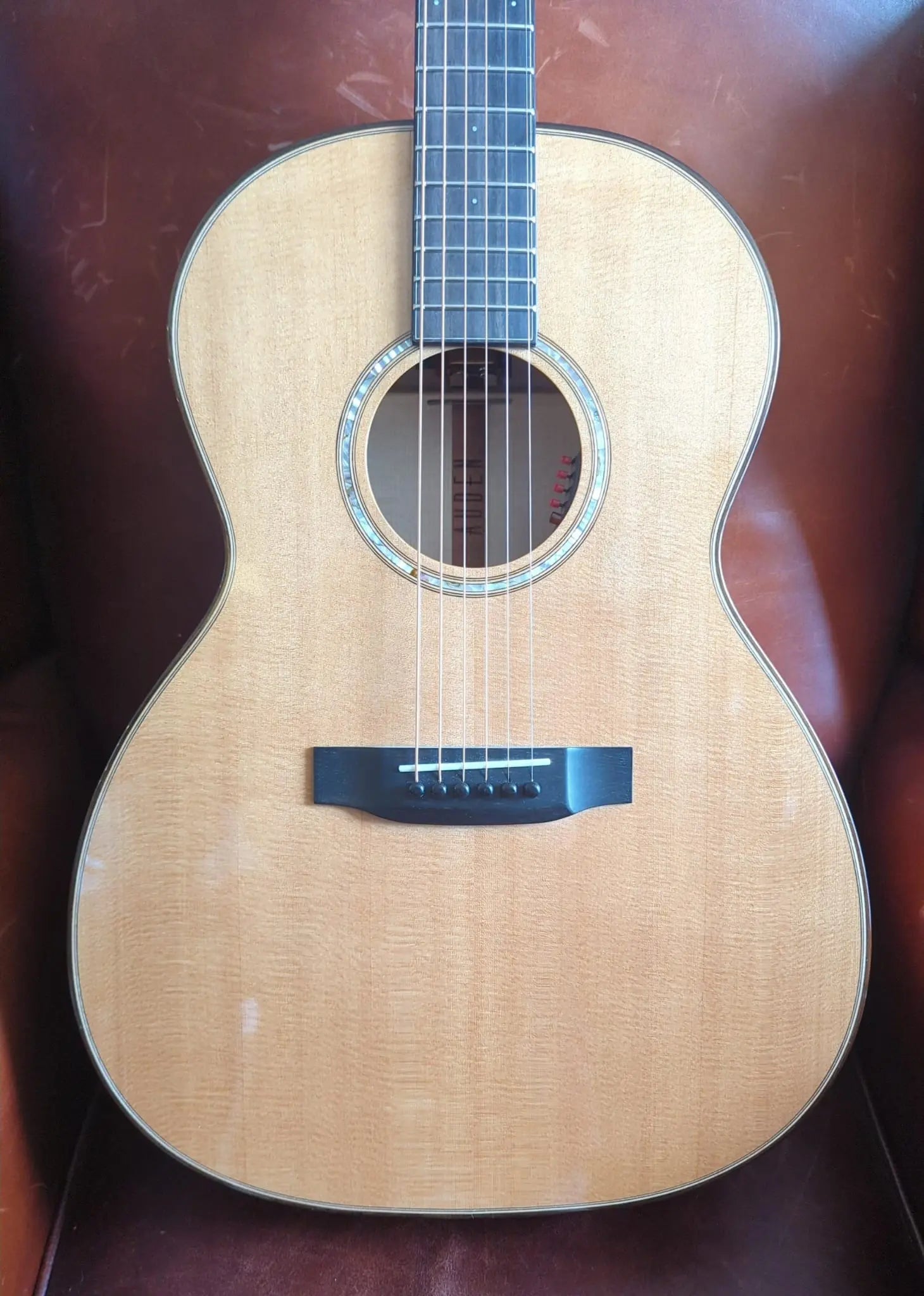
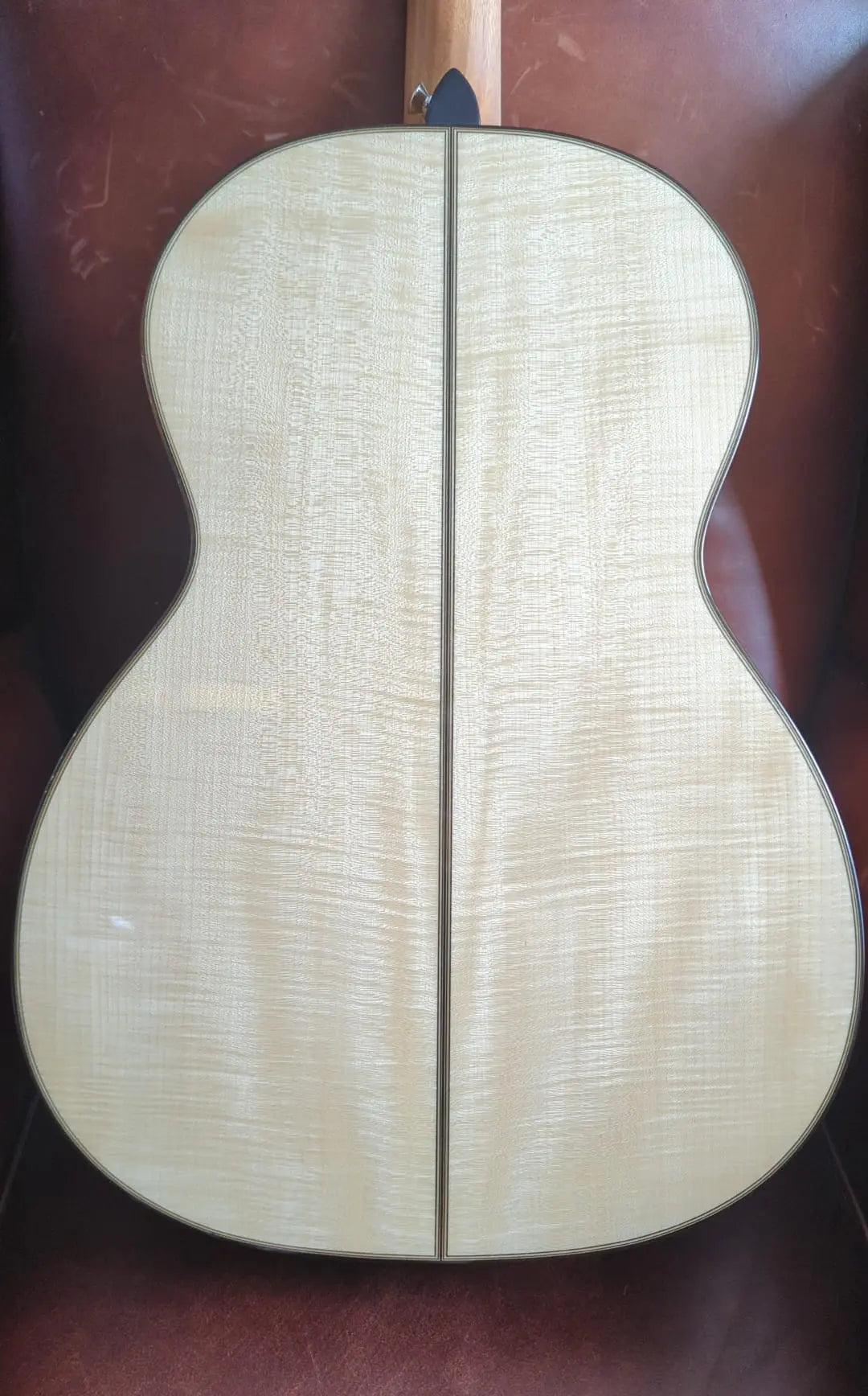

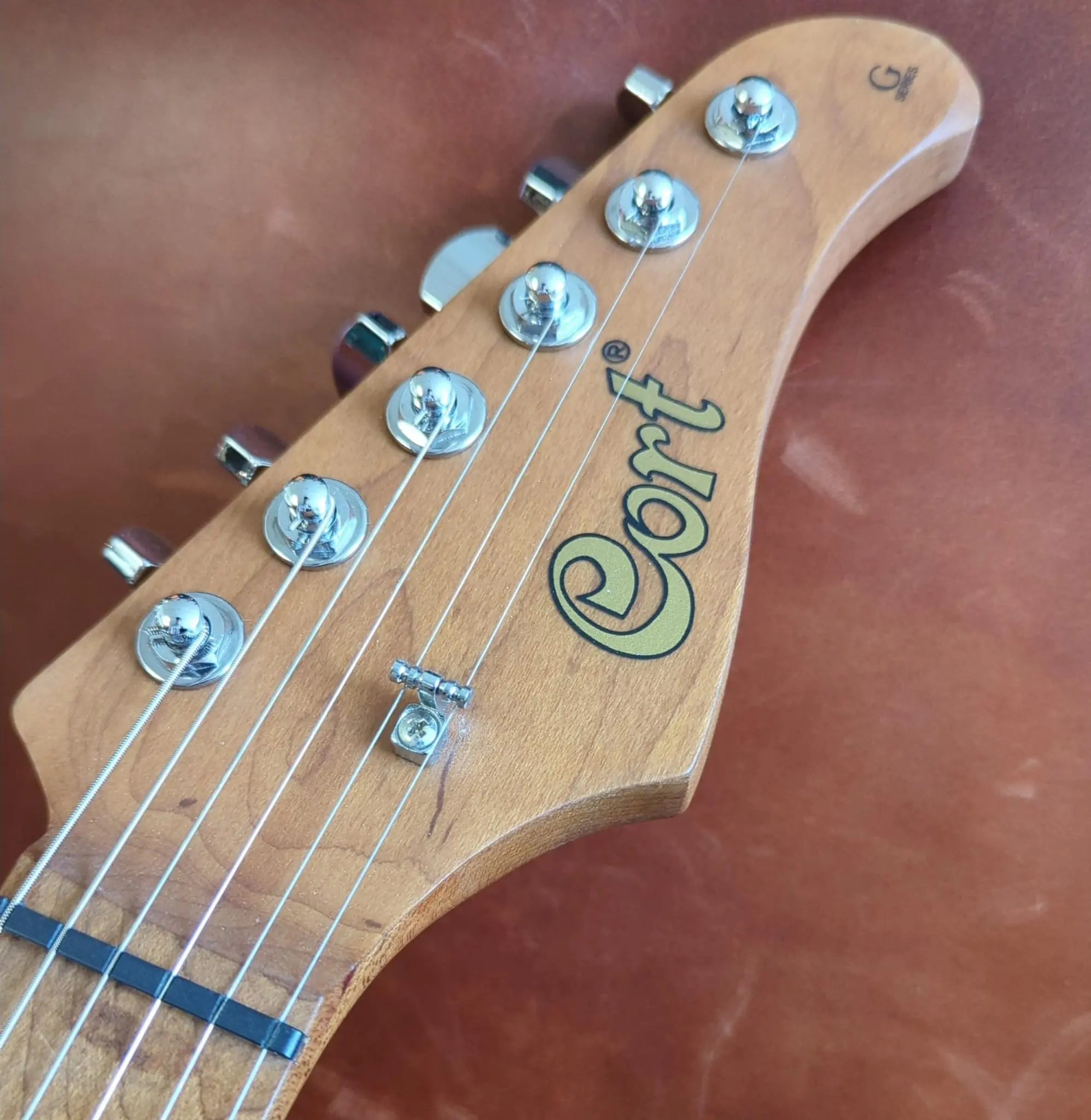
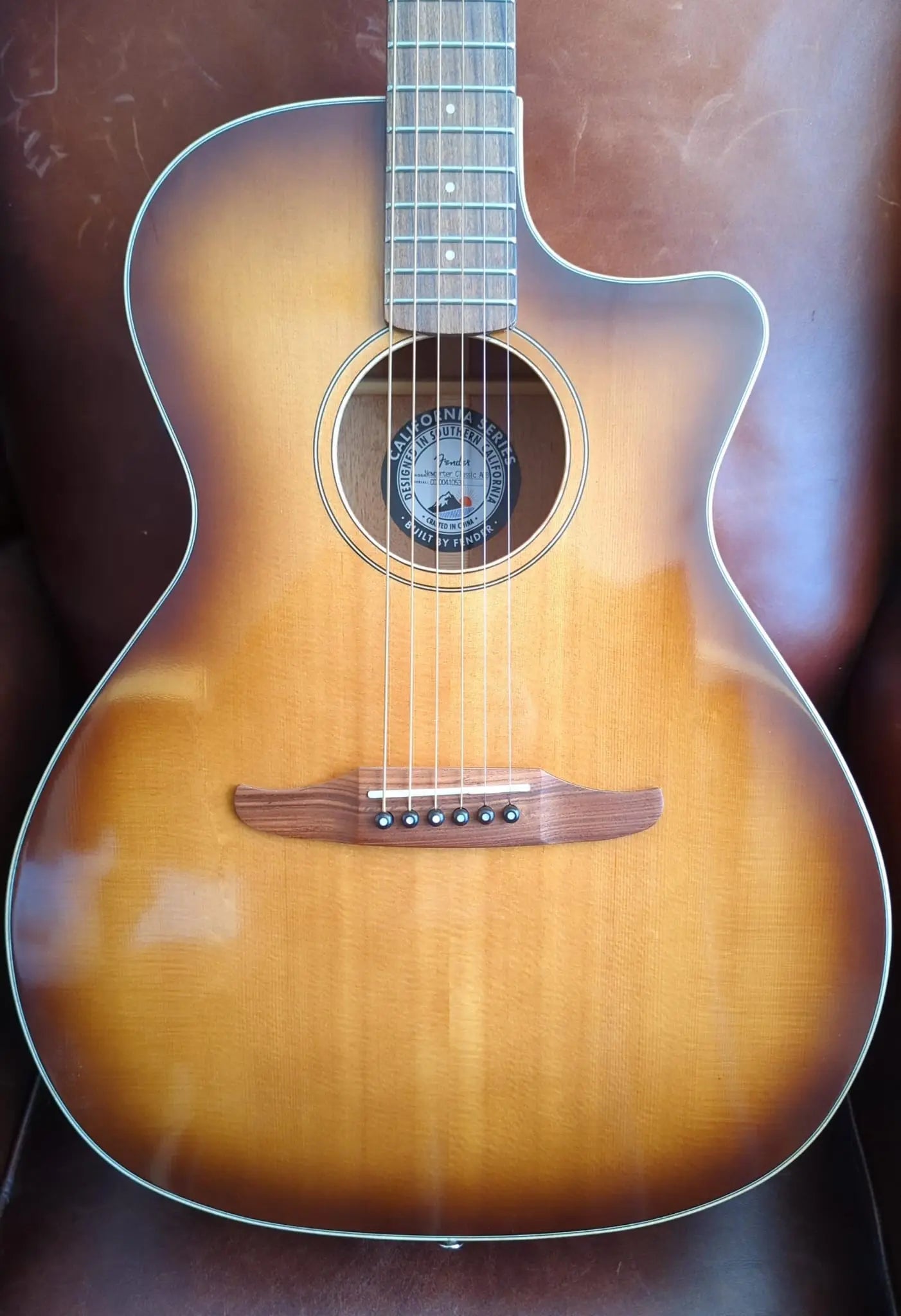
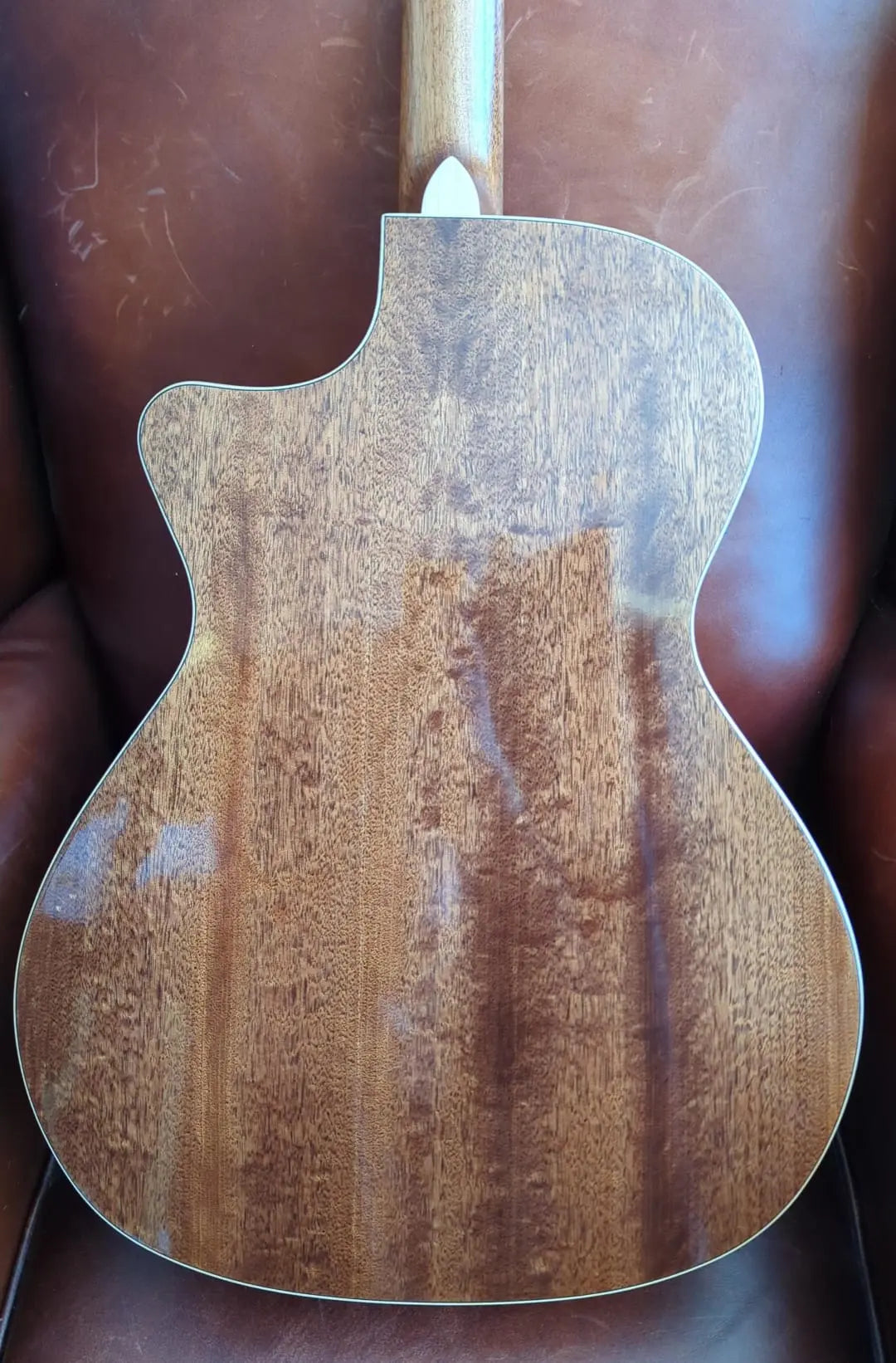


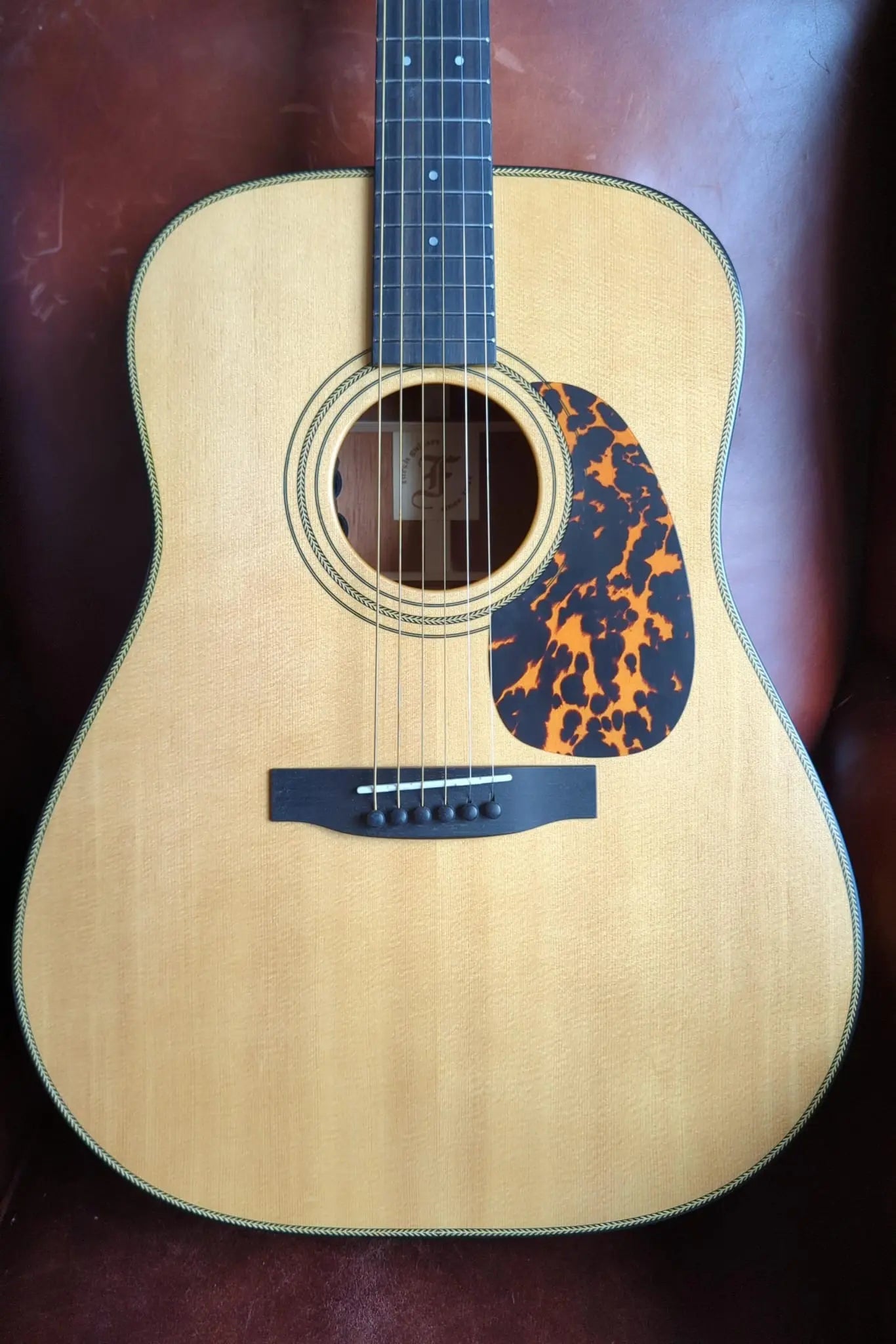

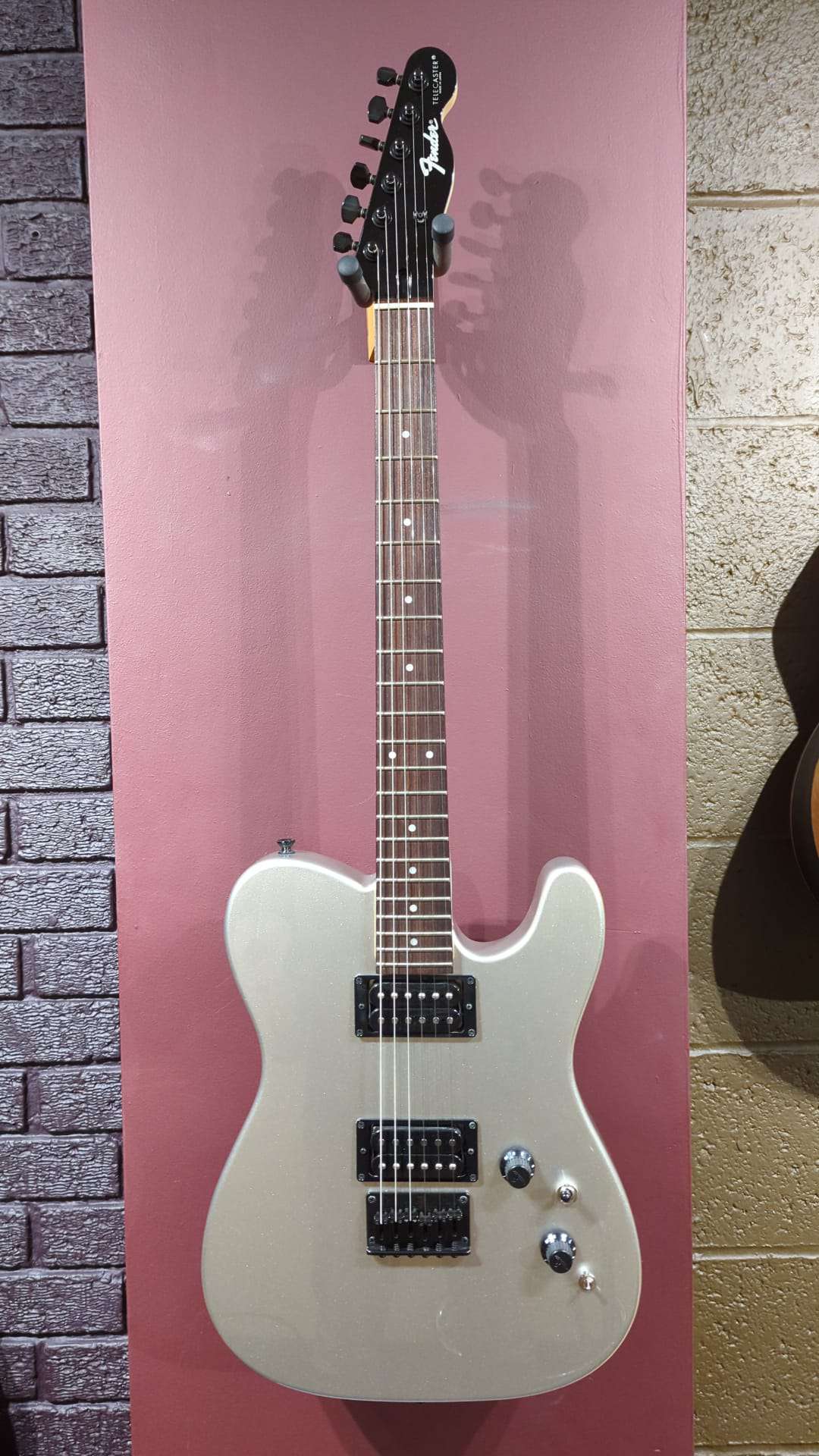

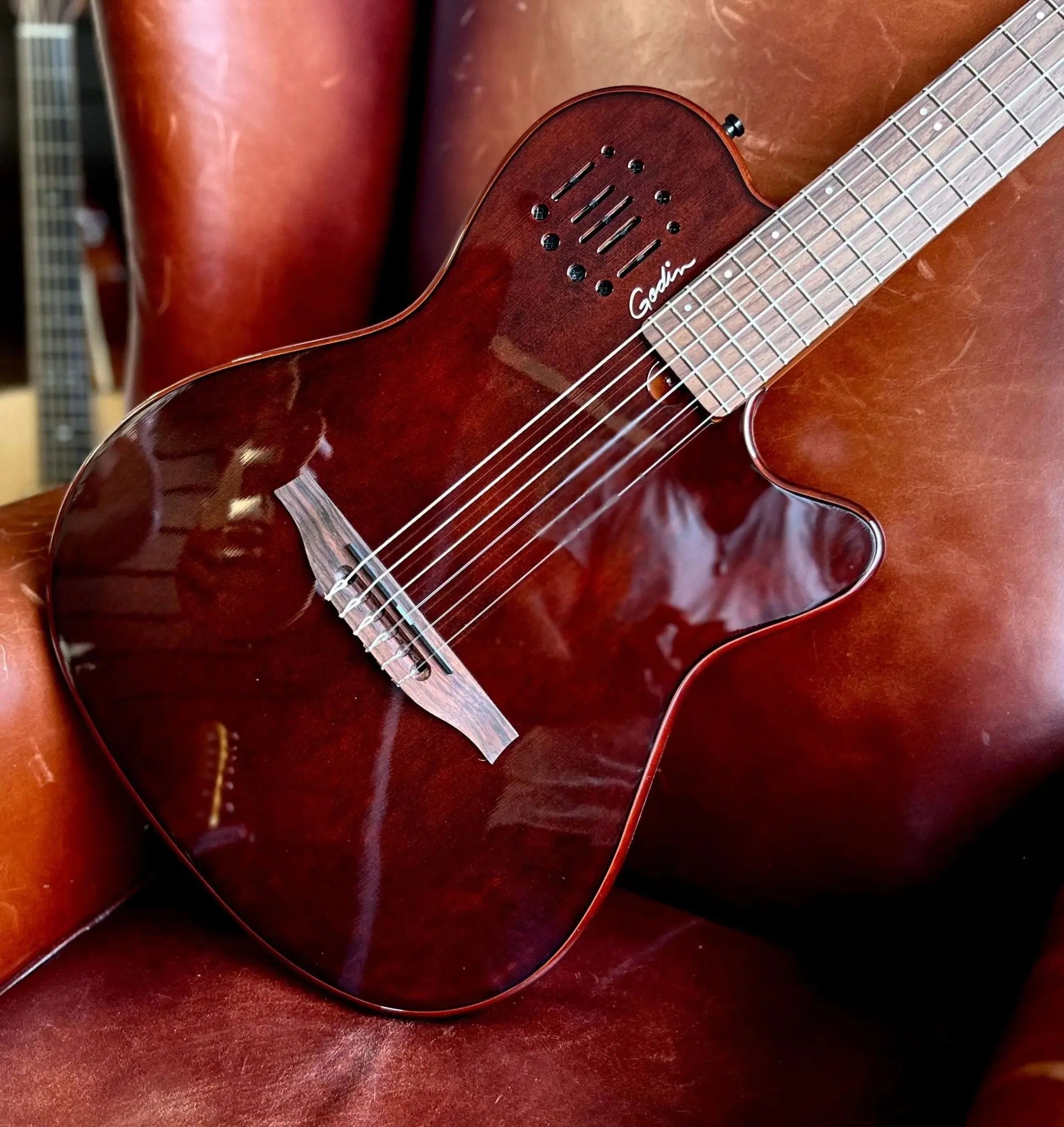
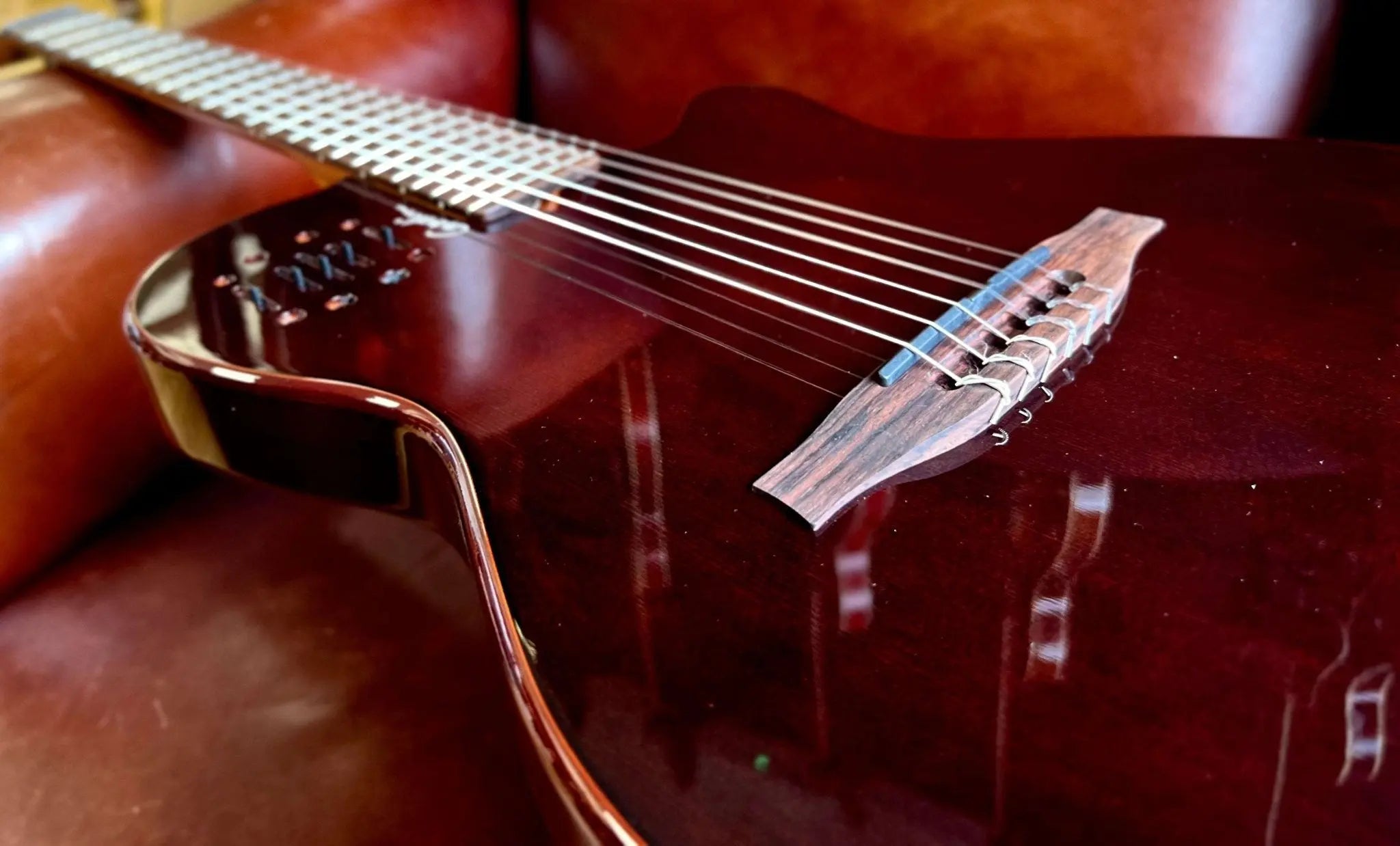
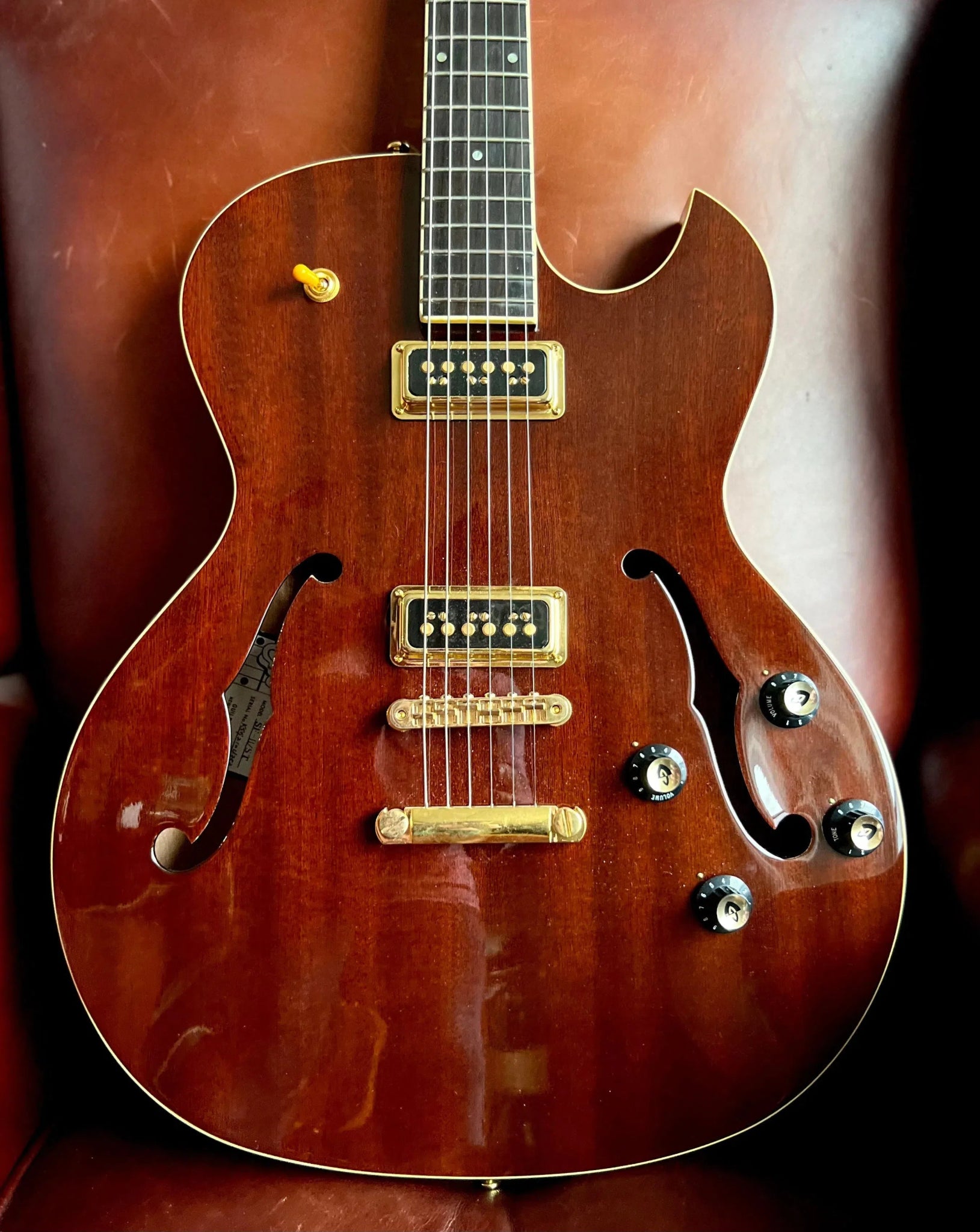
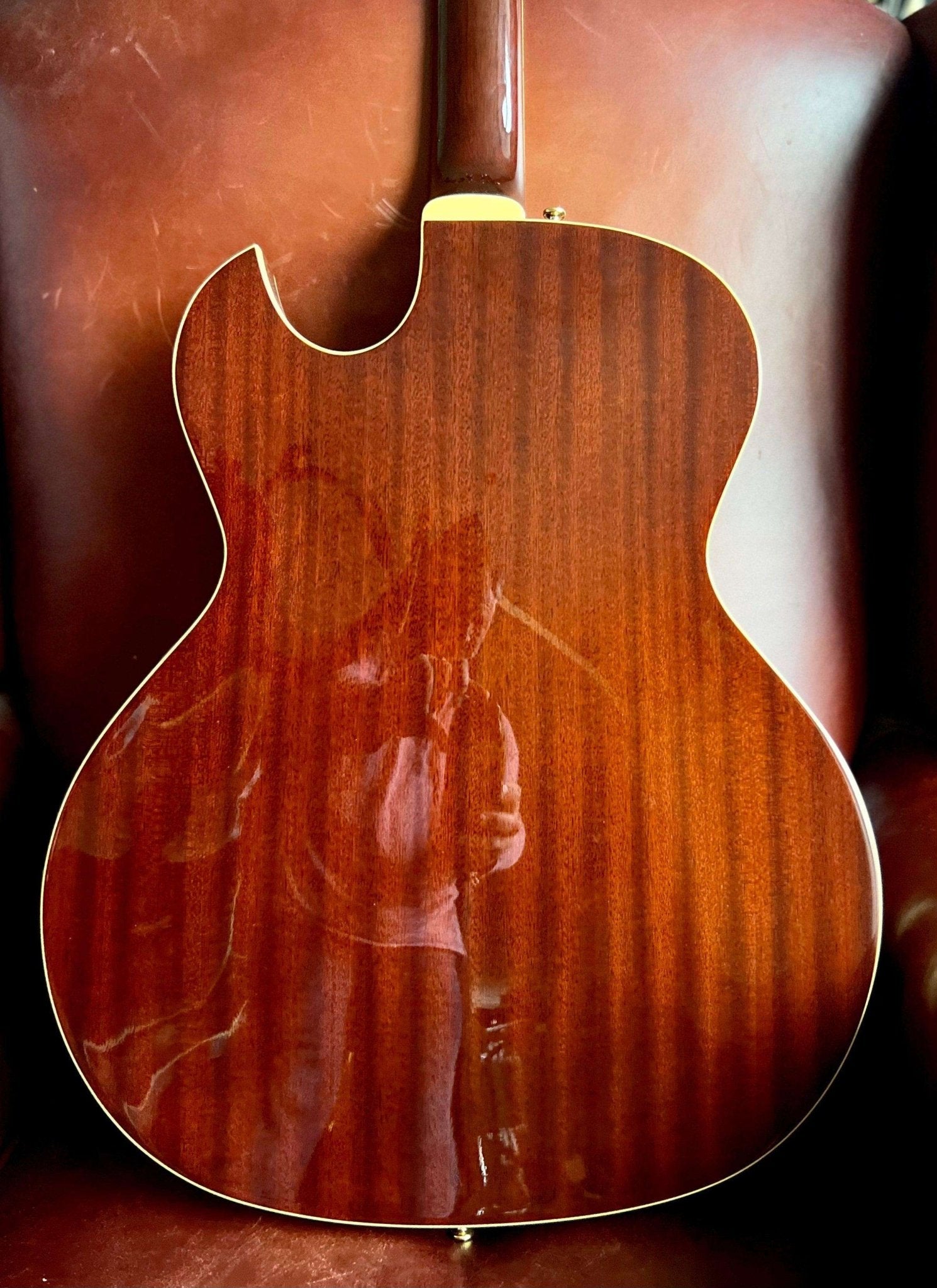
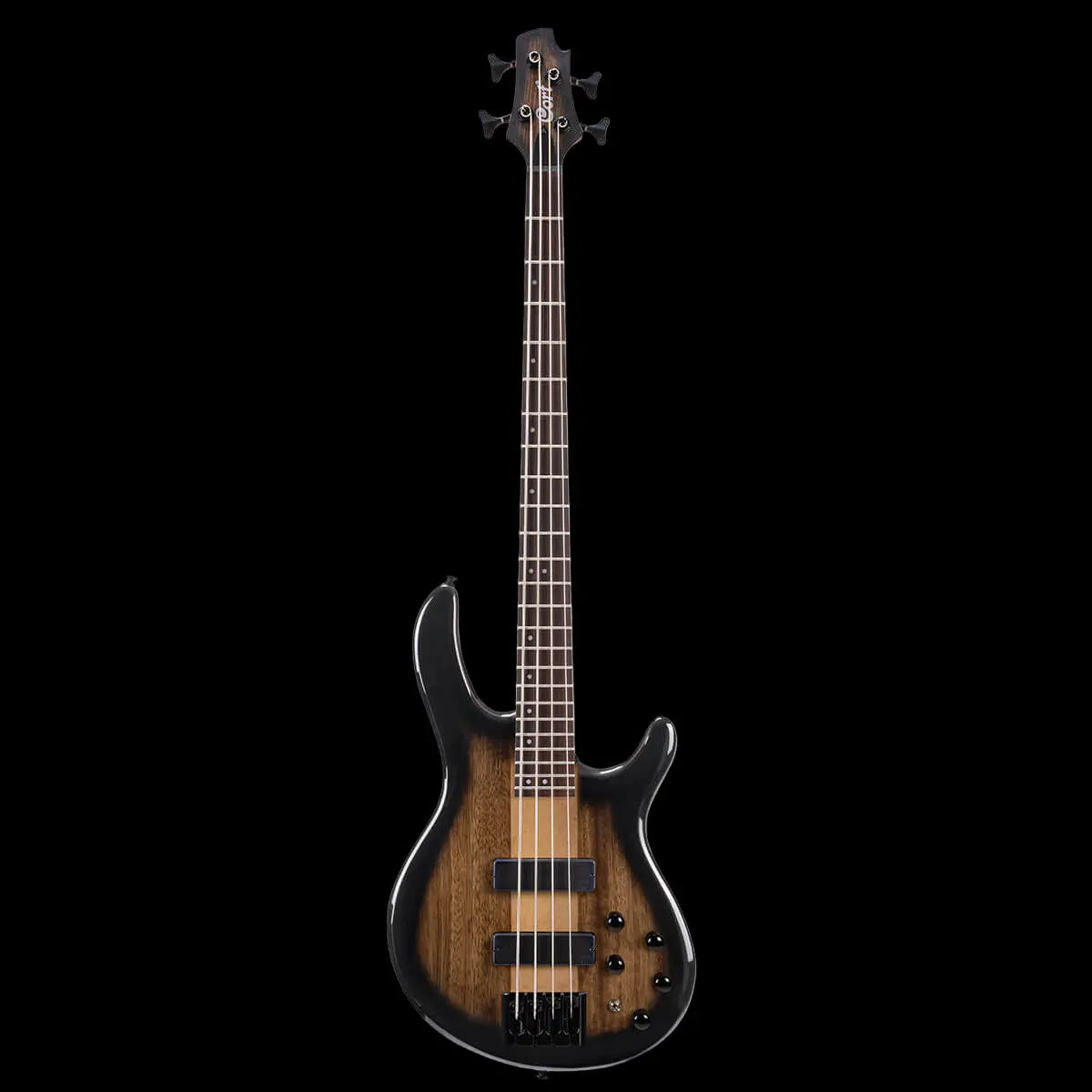


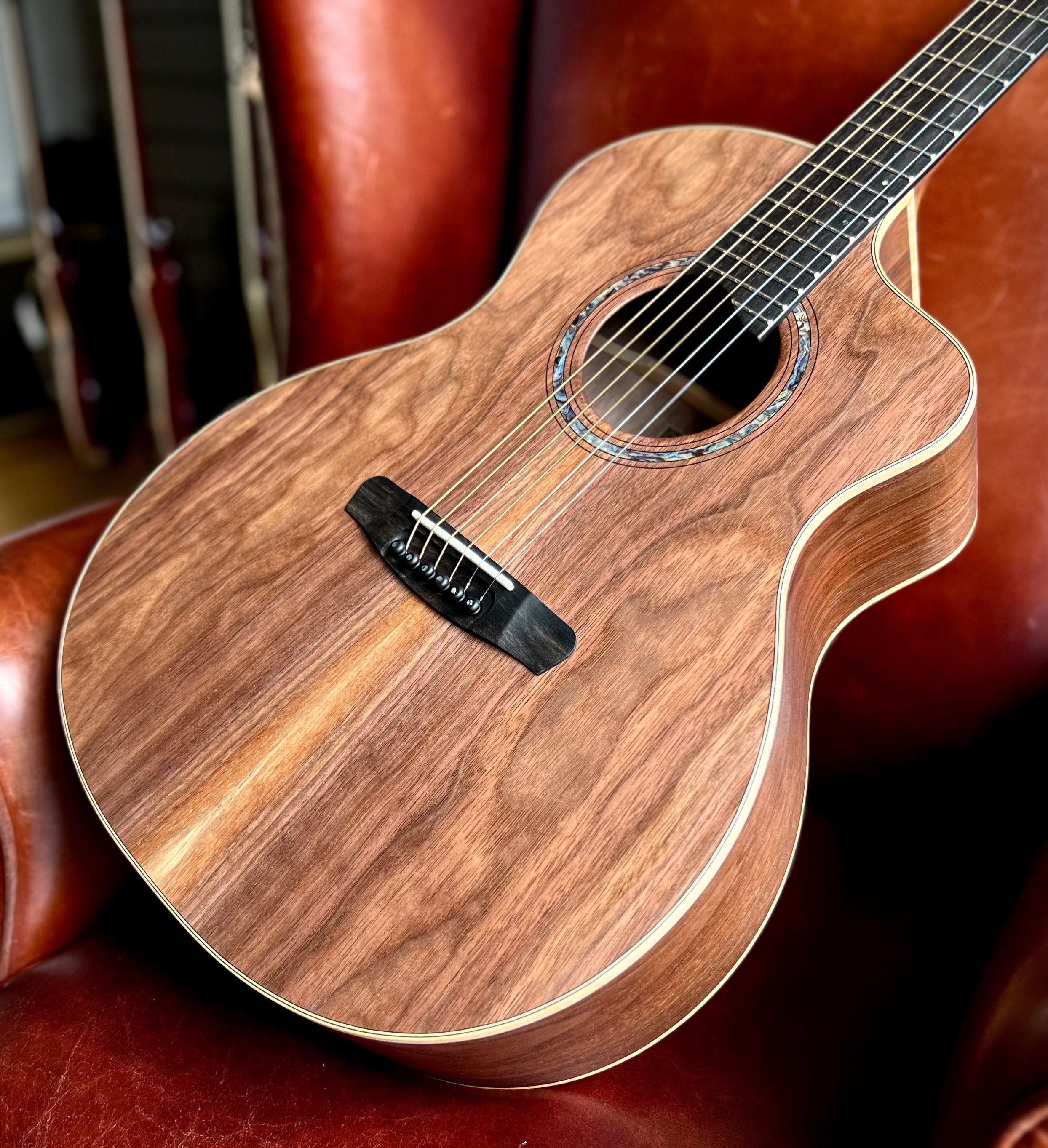
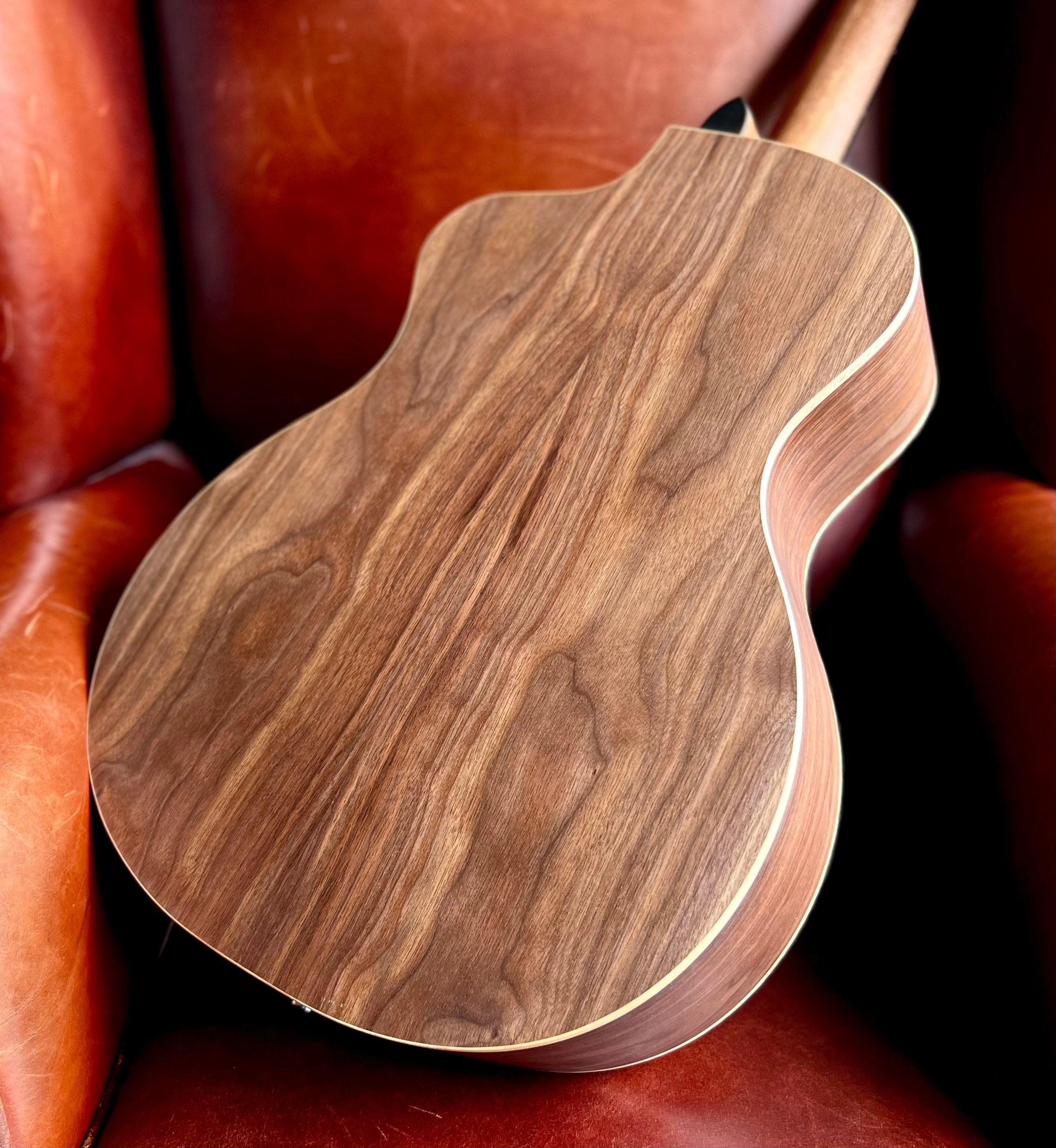
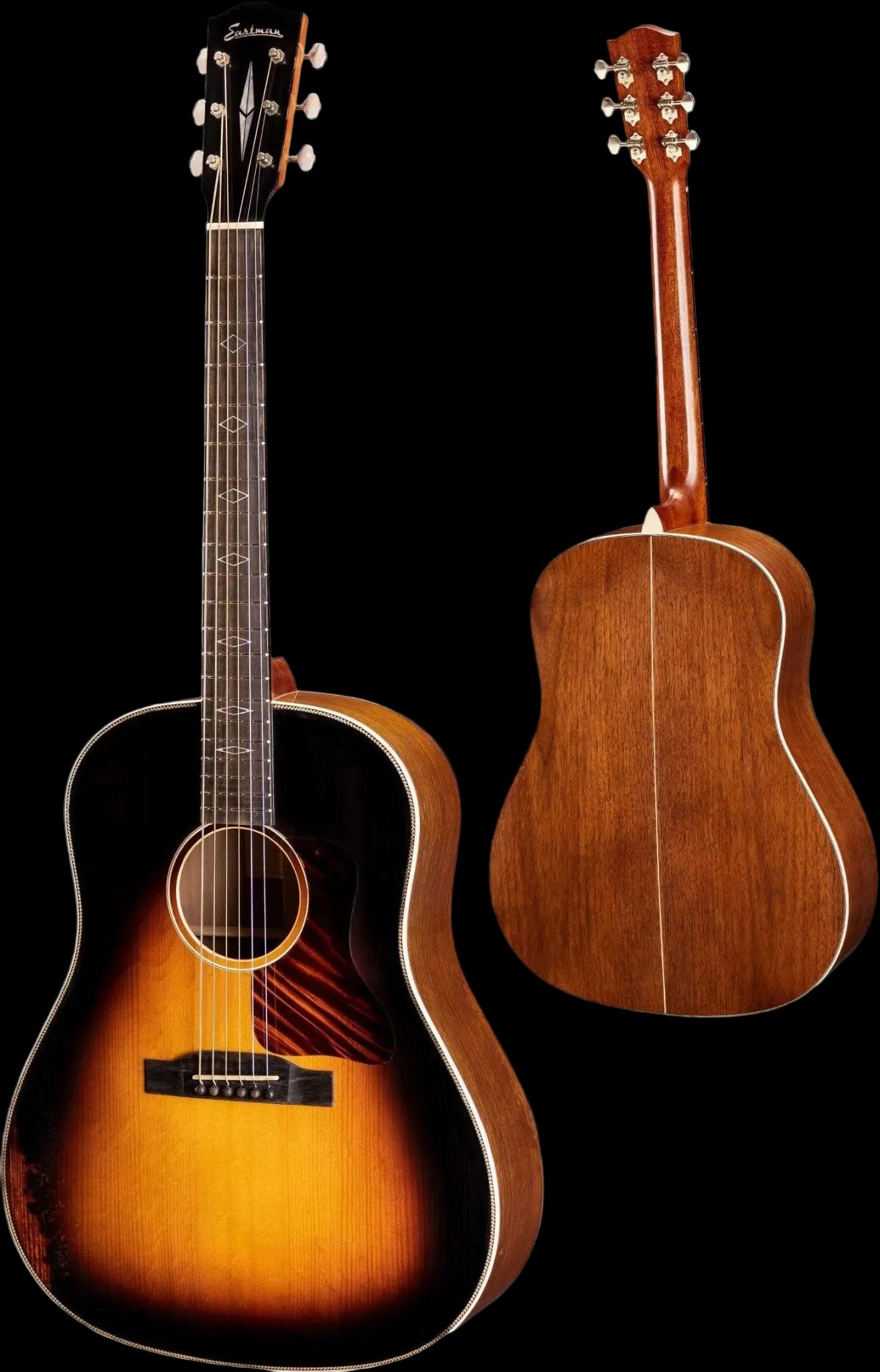

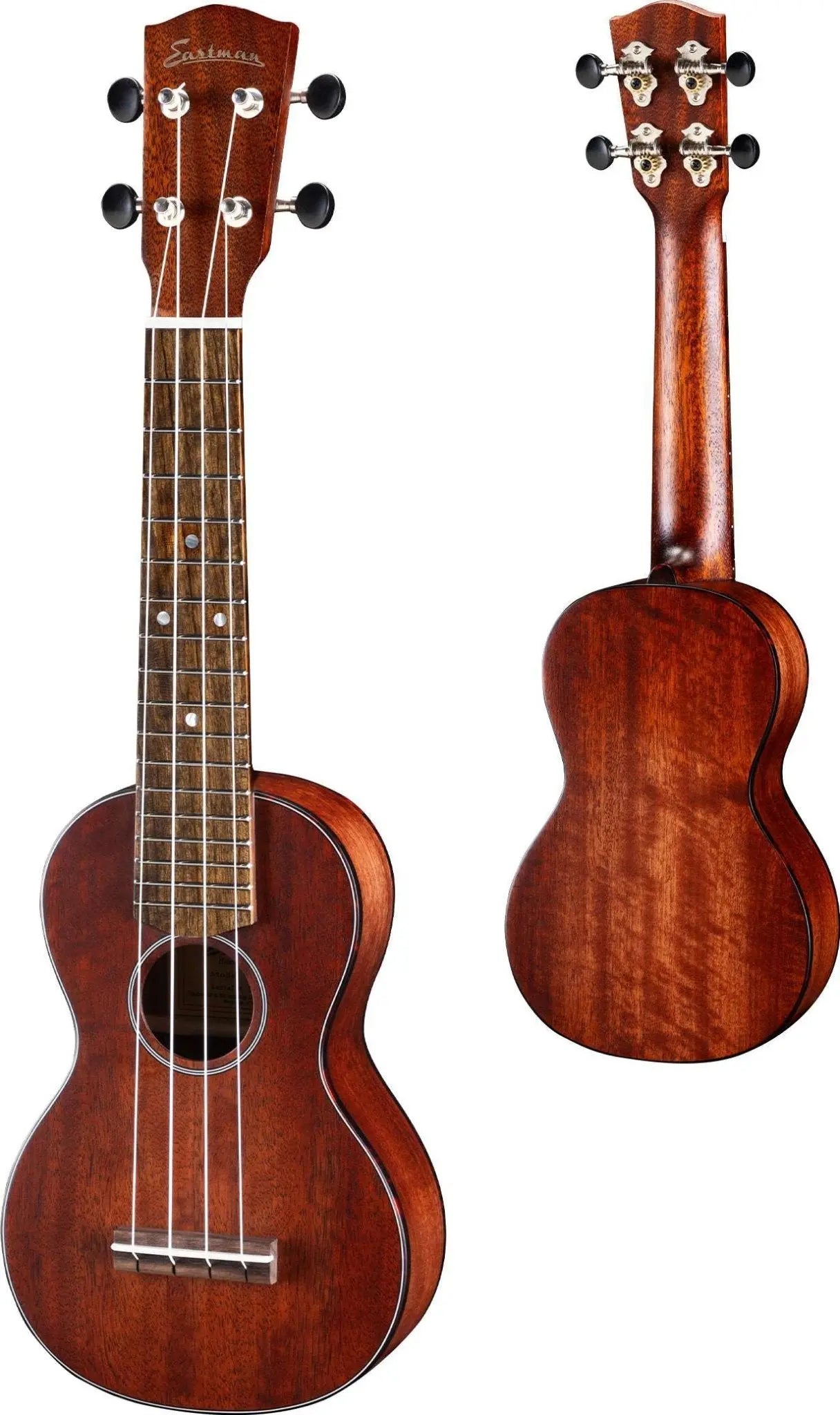
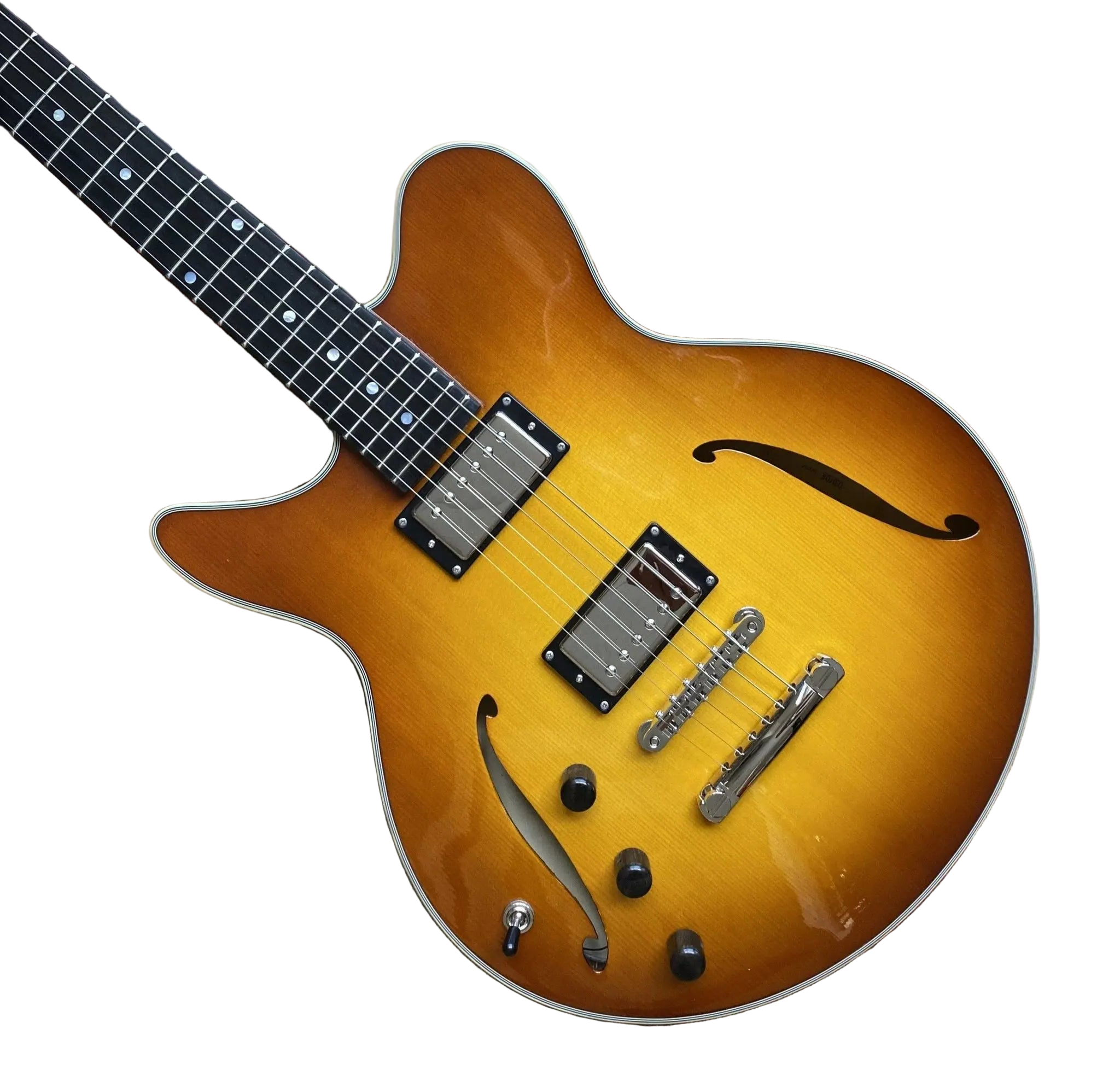
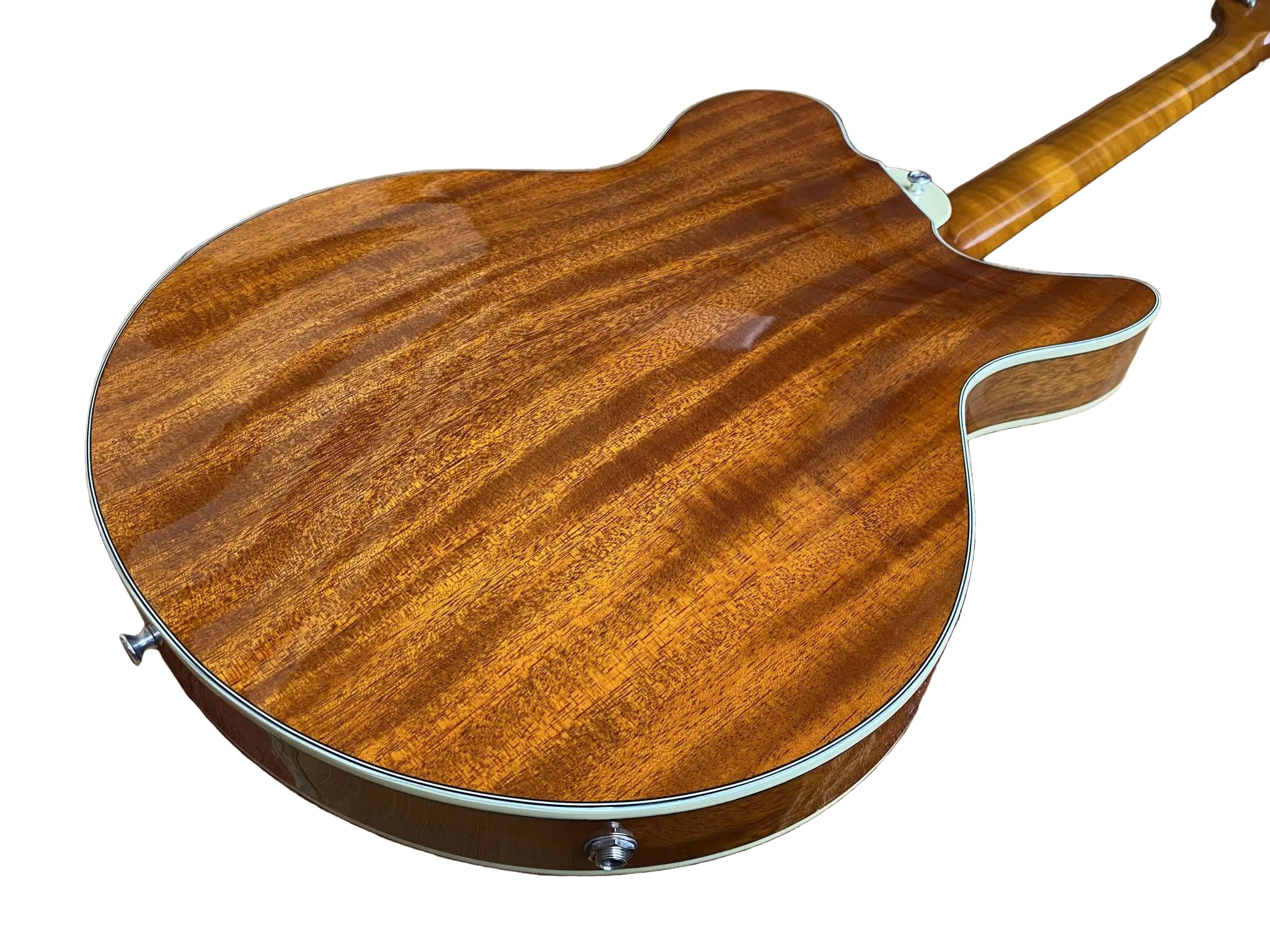
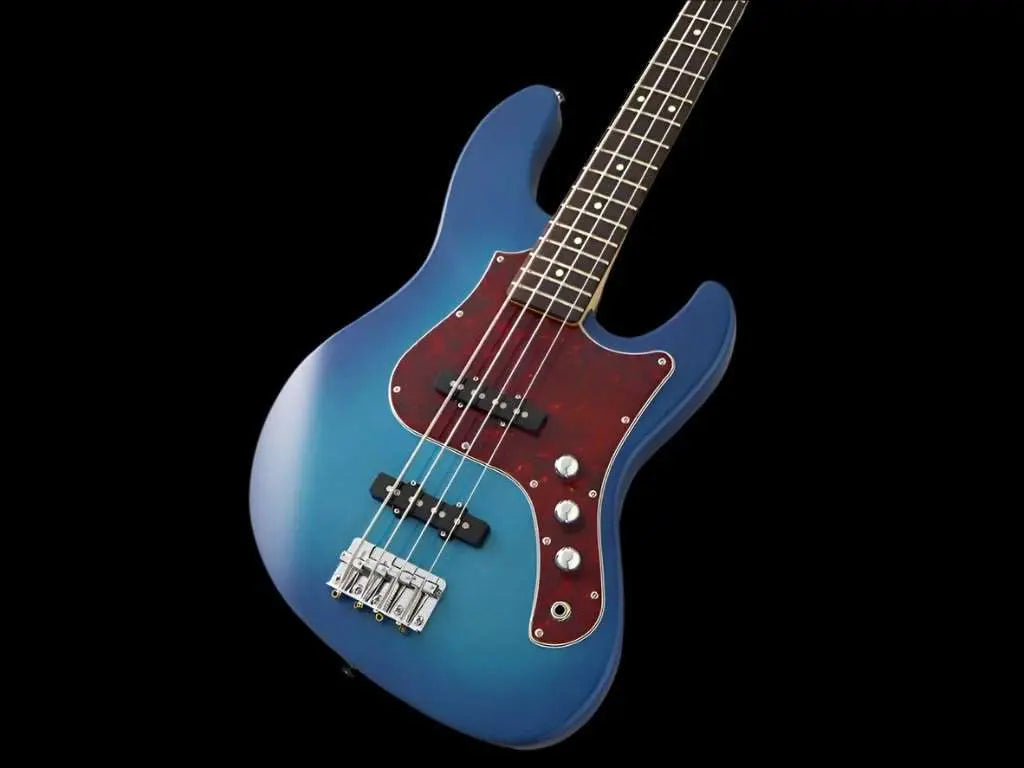

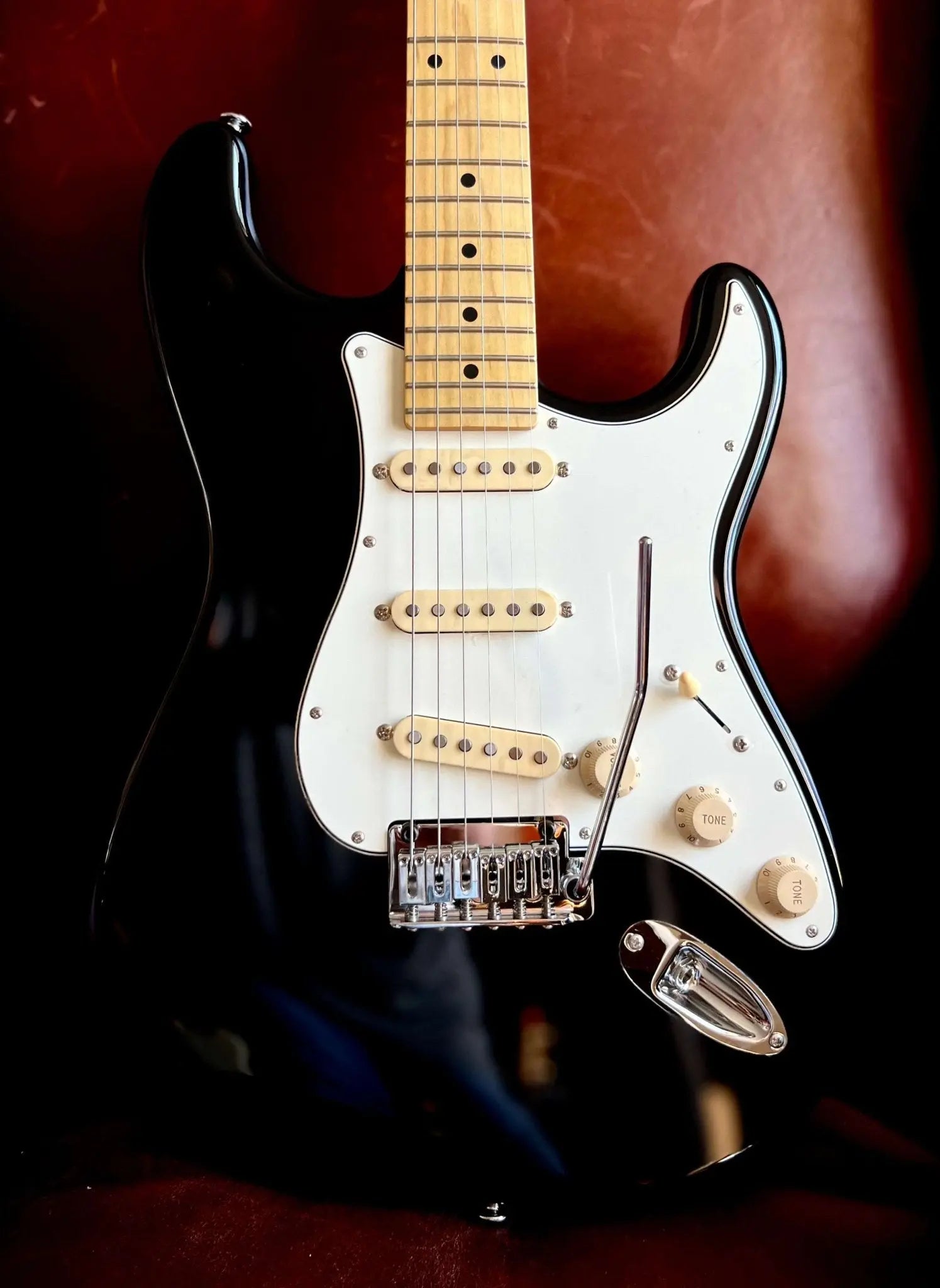










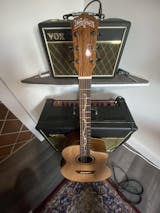

Leave a comment
This site is protected by hCaptcha and the hCaptcha Privacy Policy and Terms of Service apply.